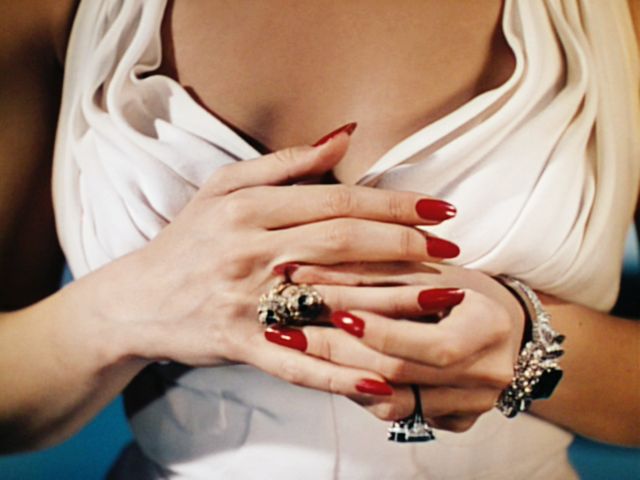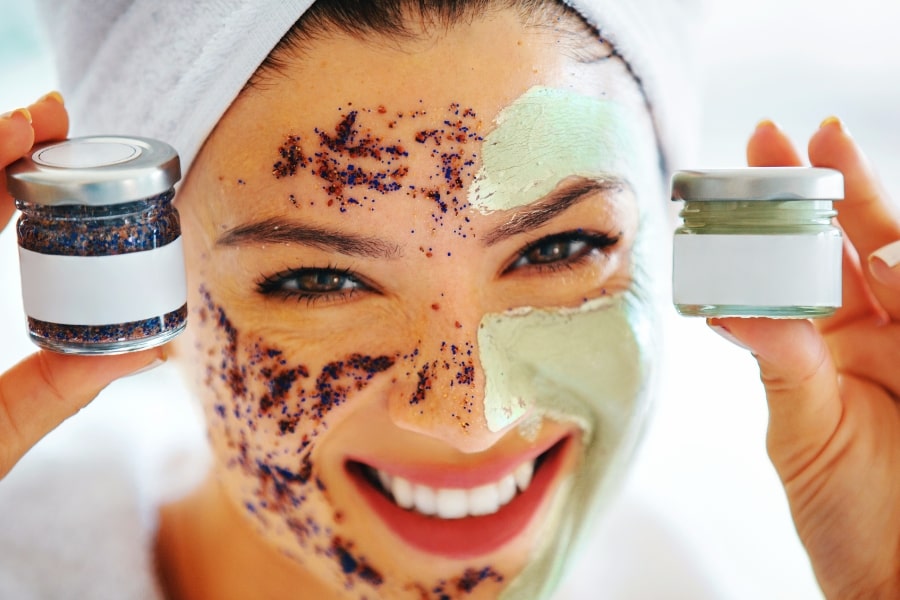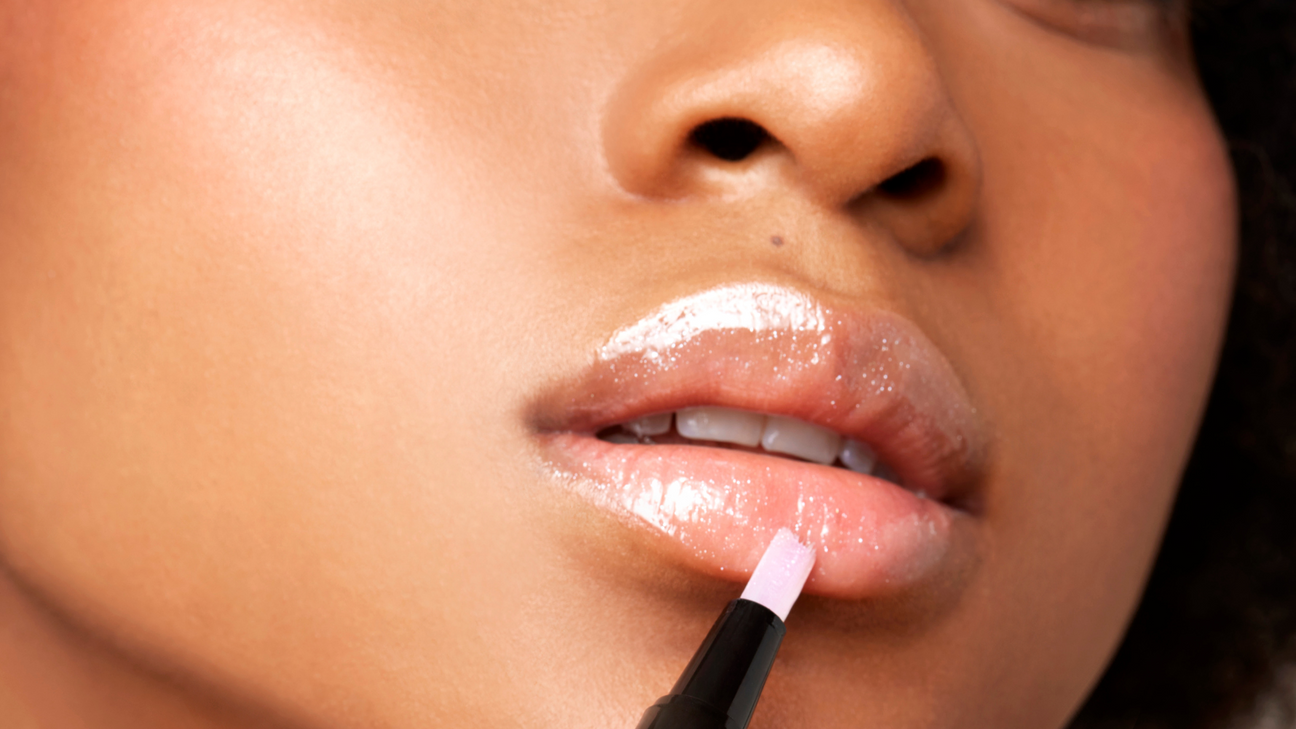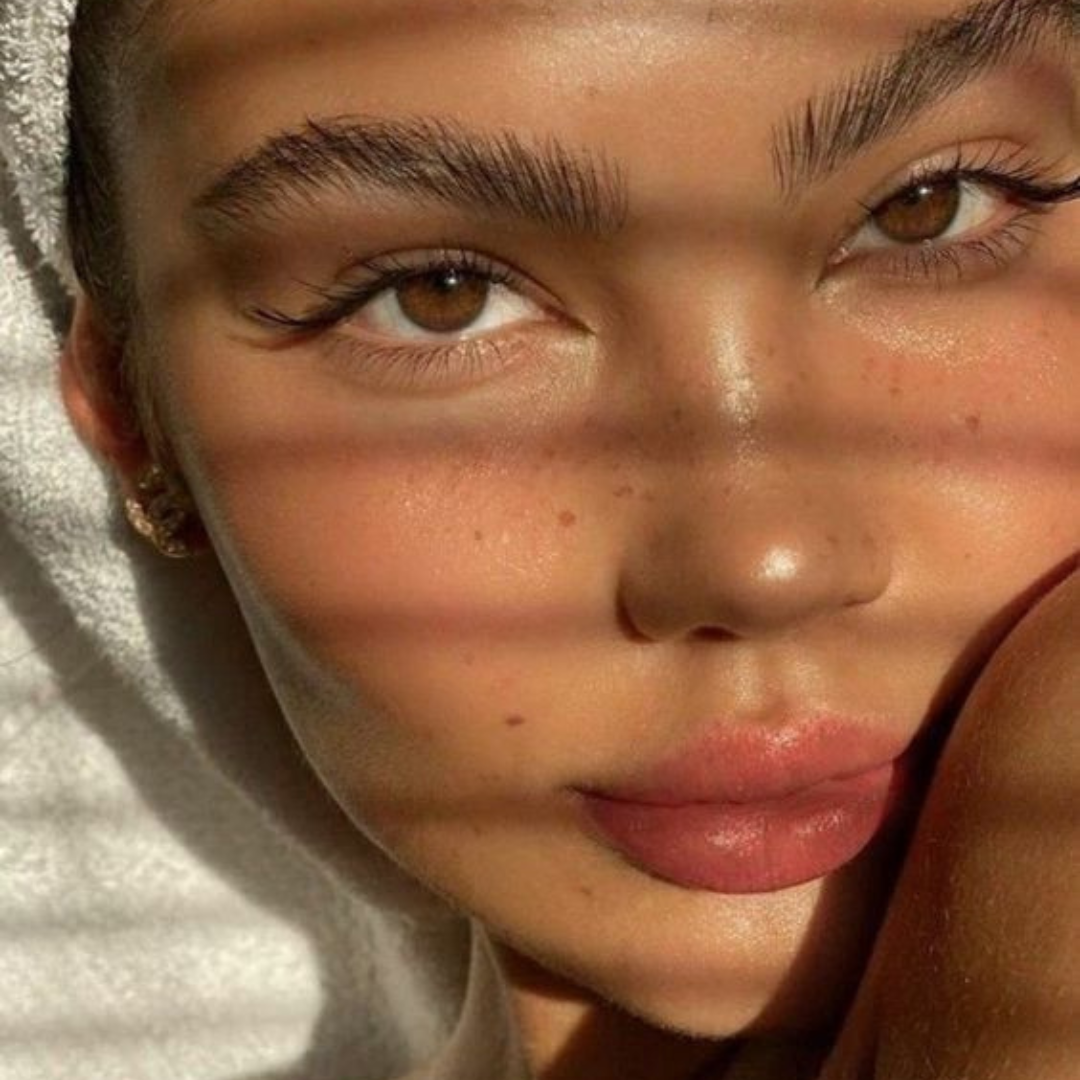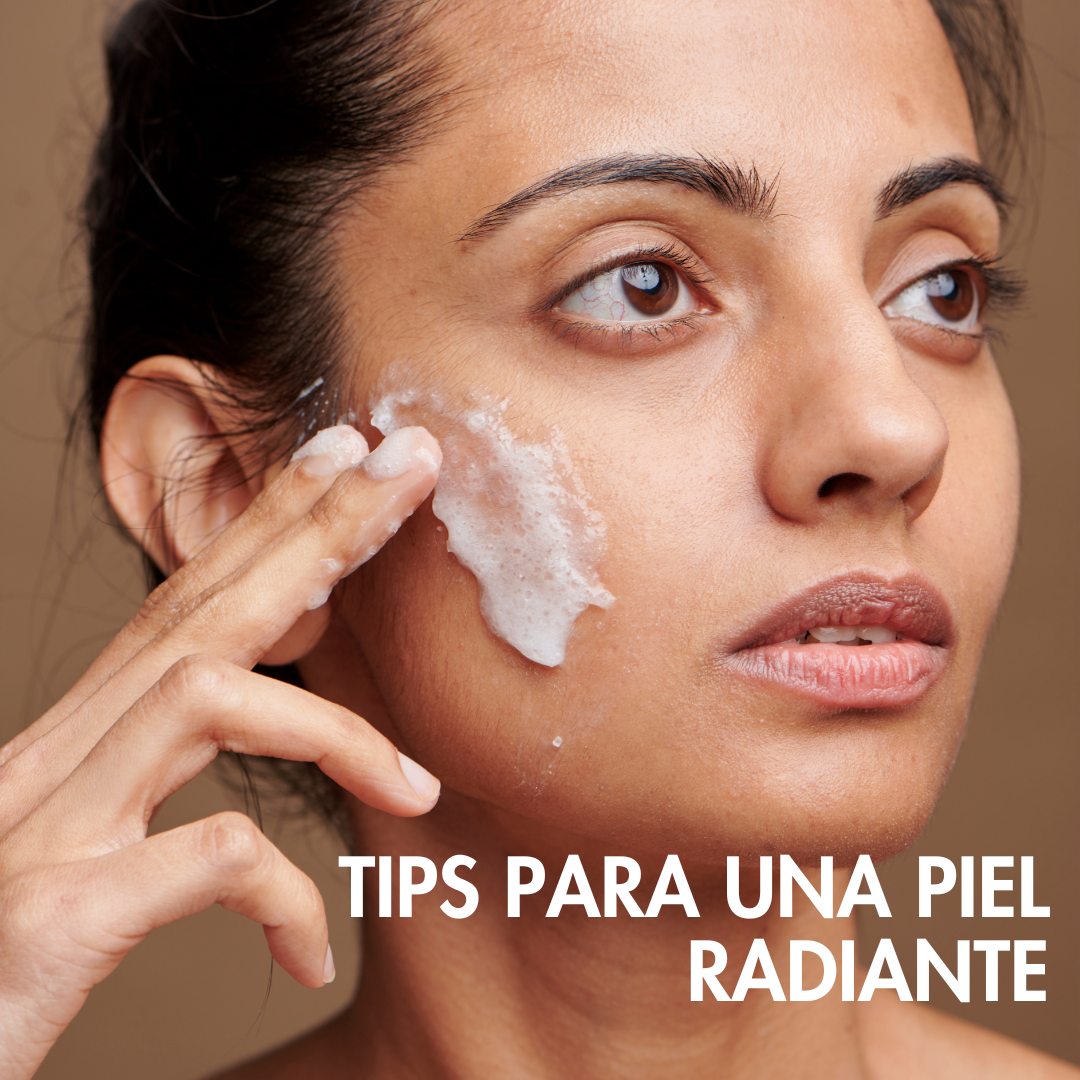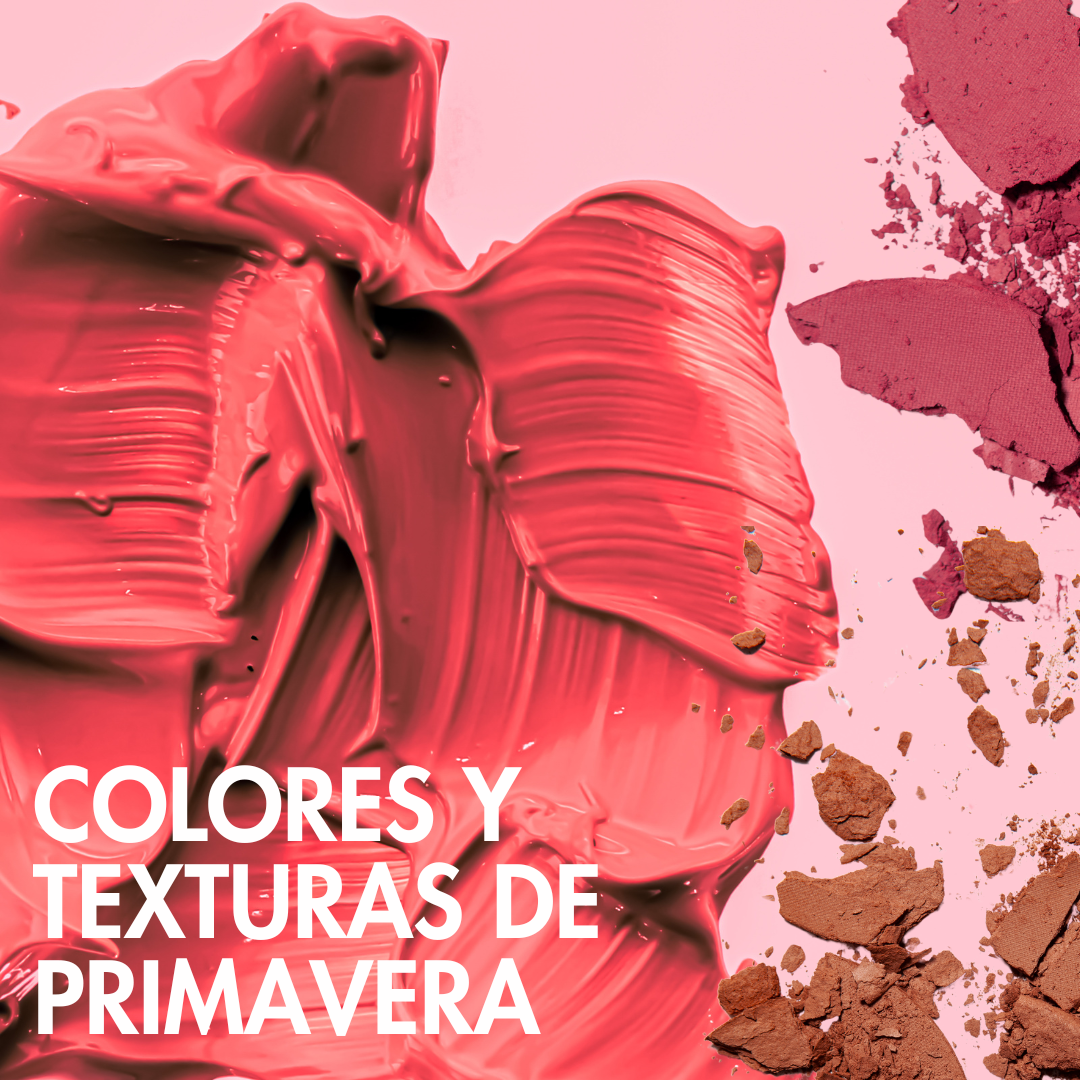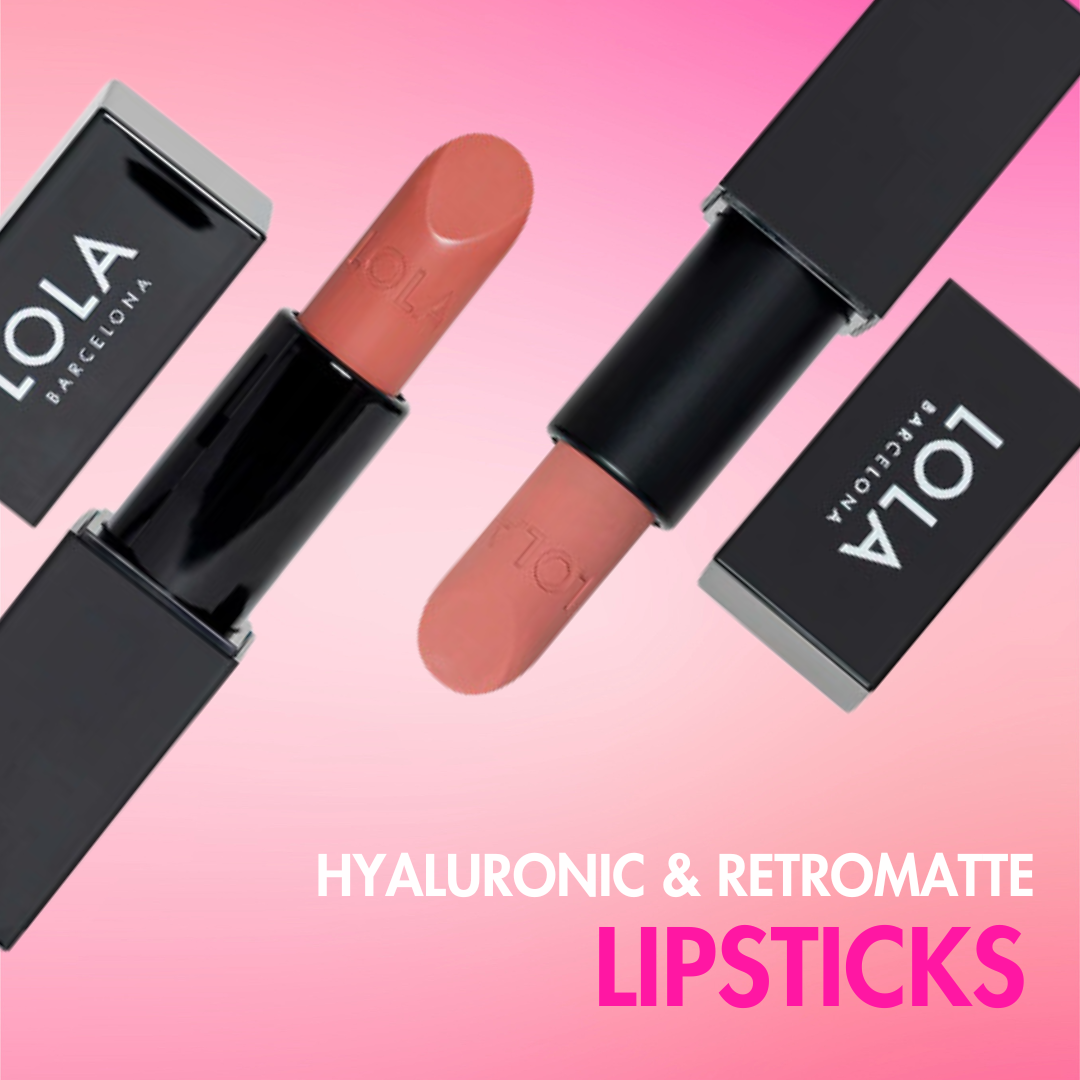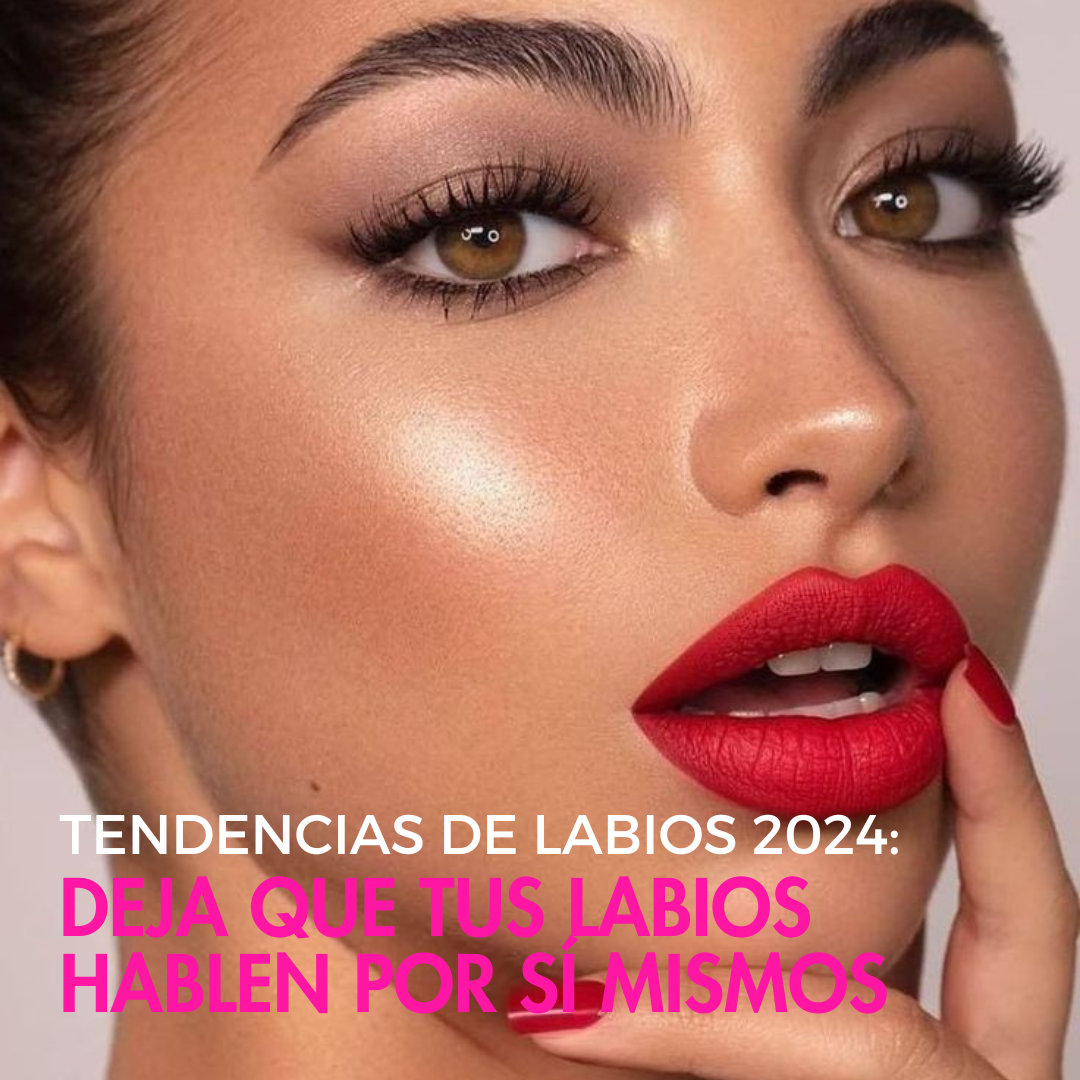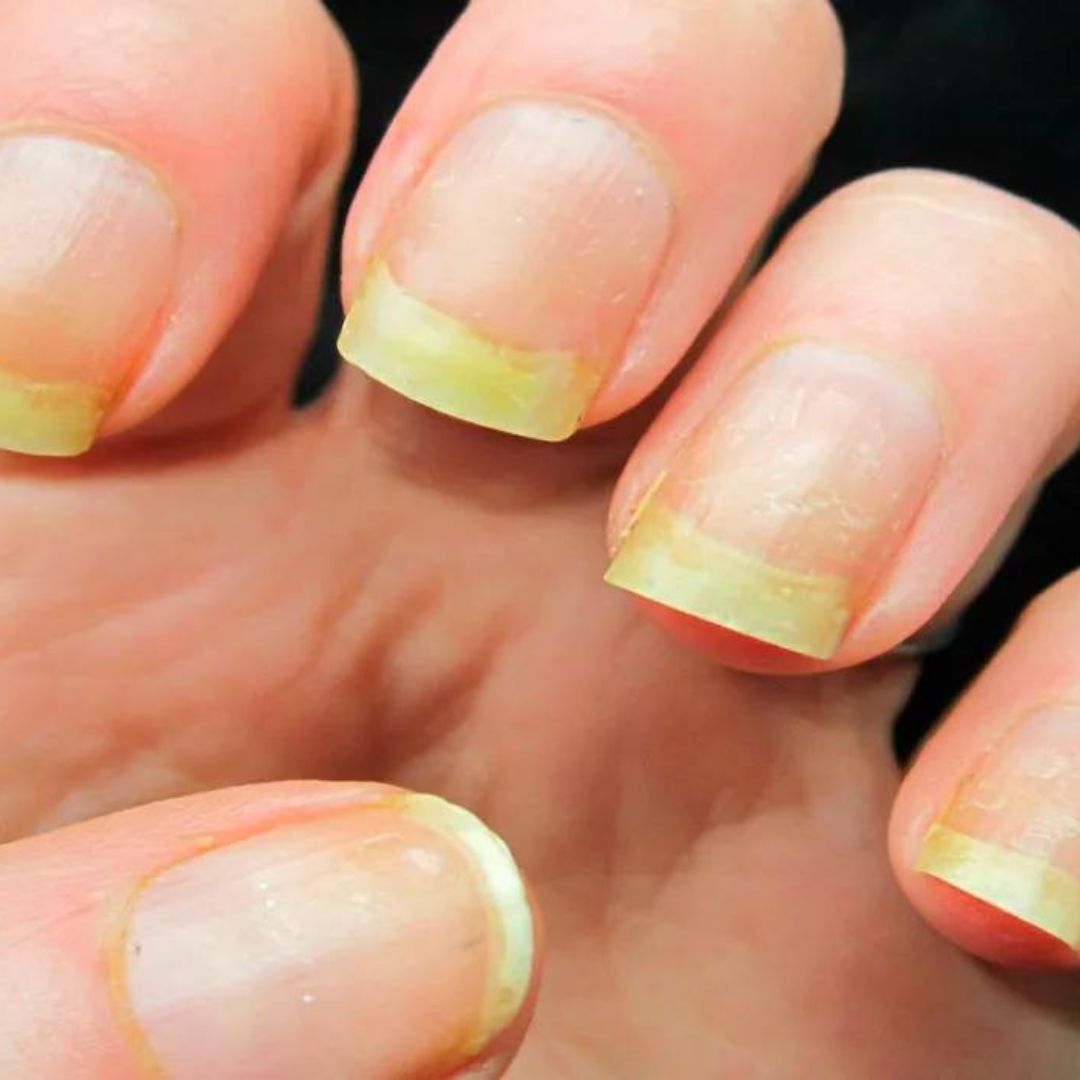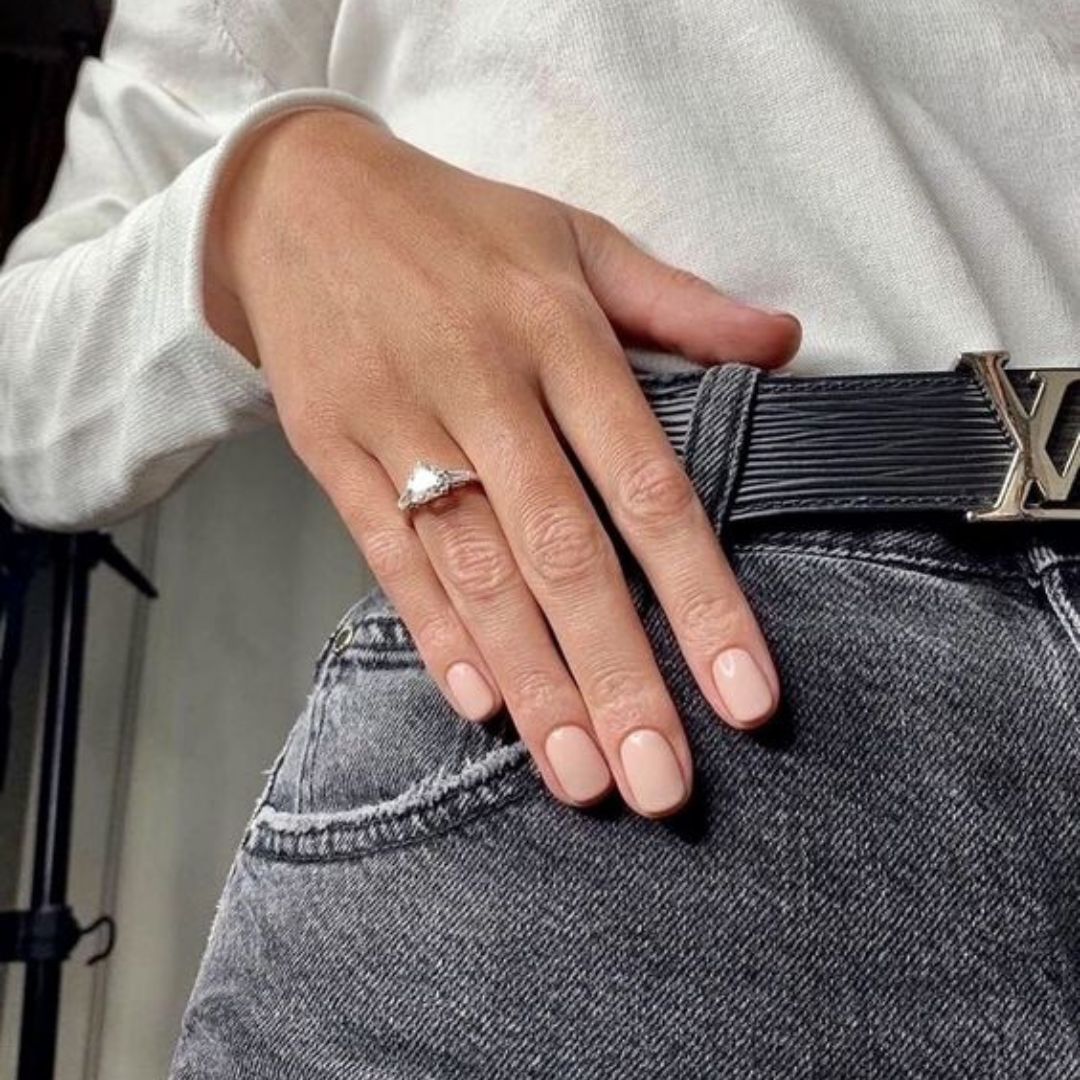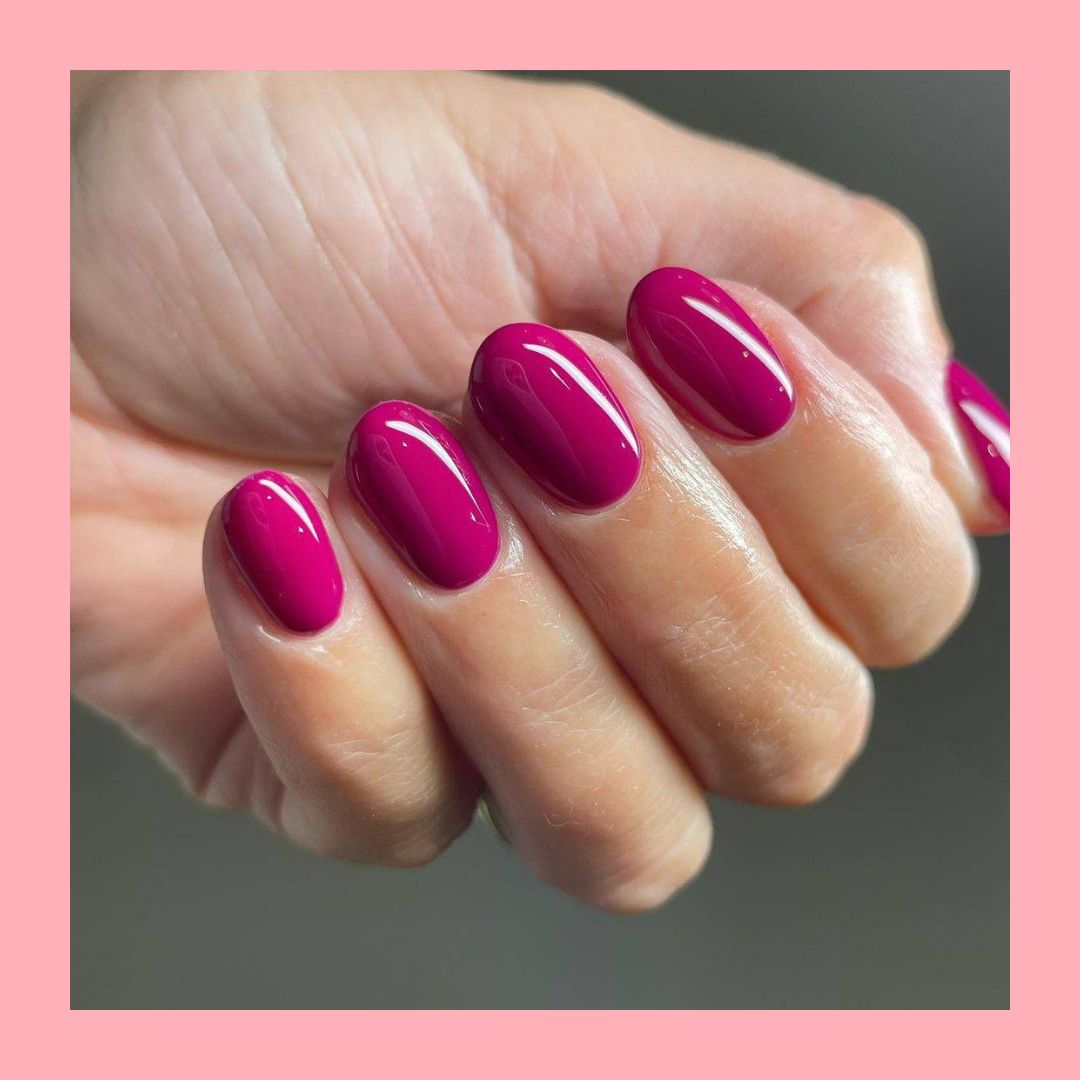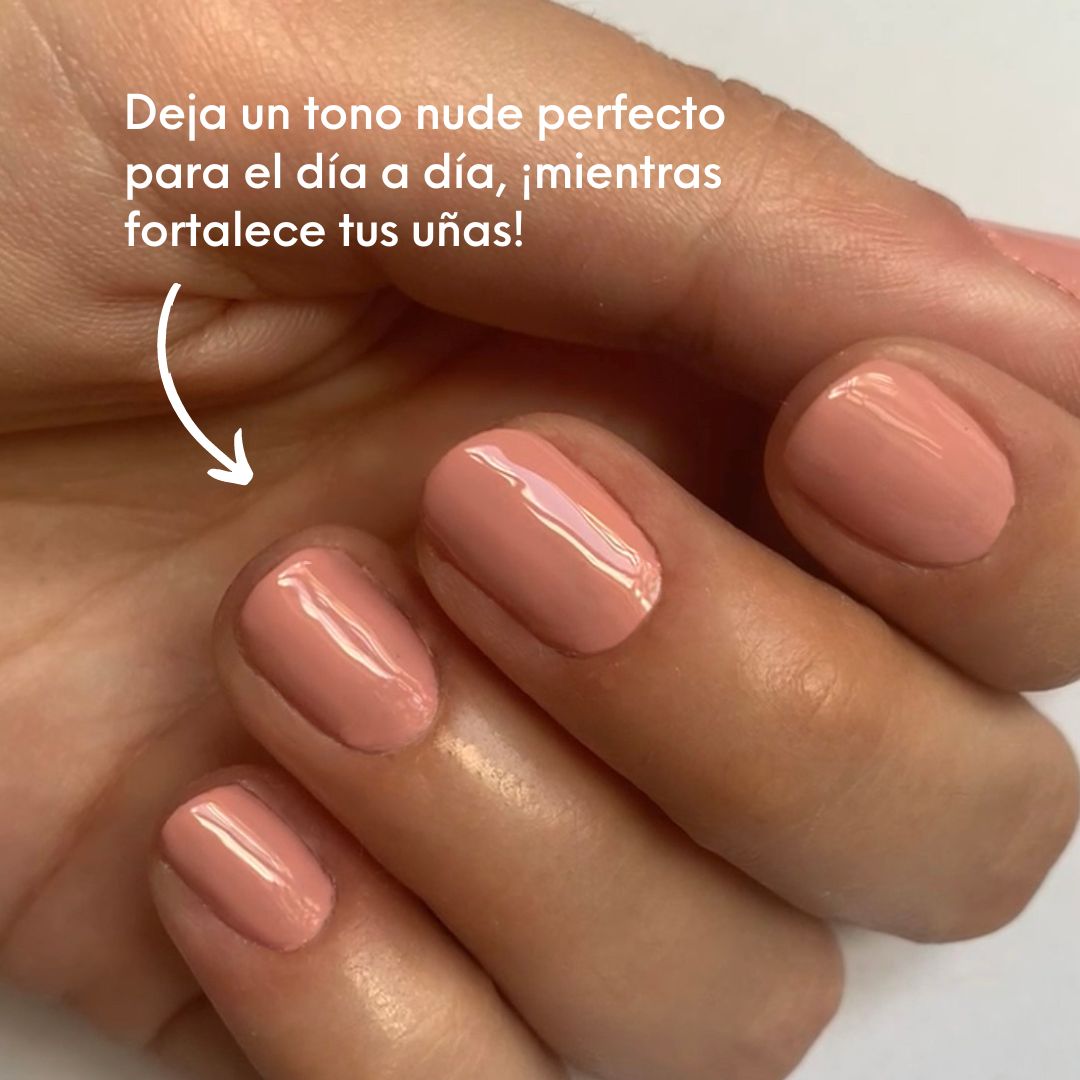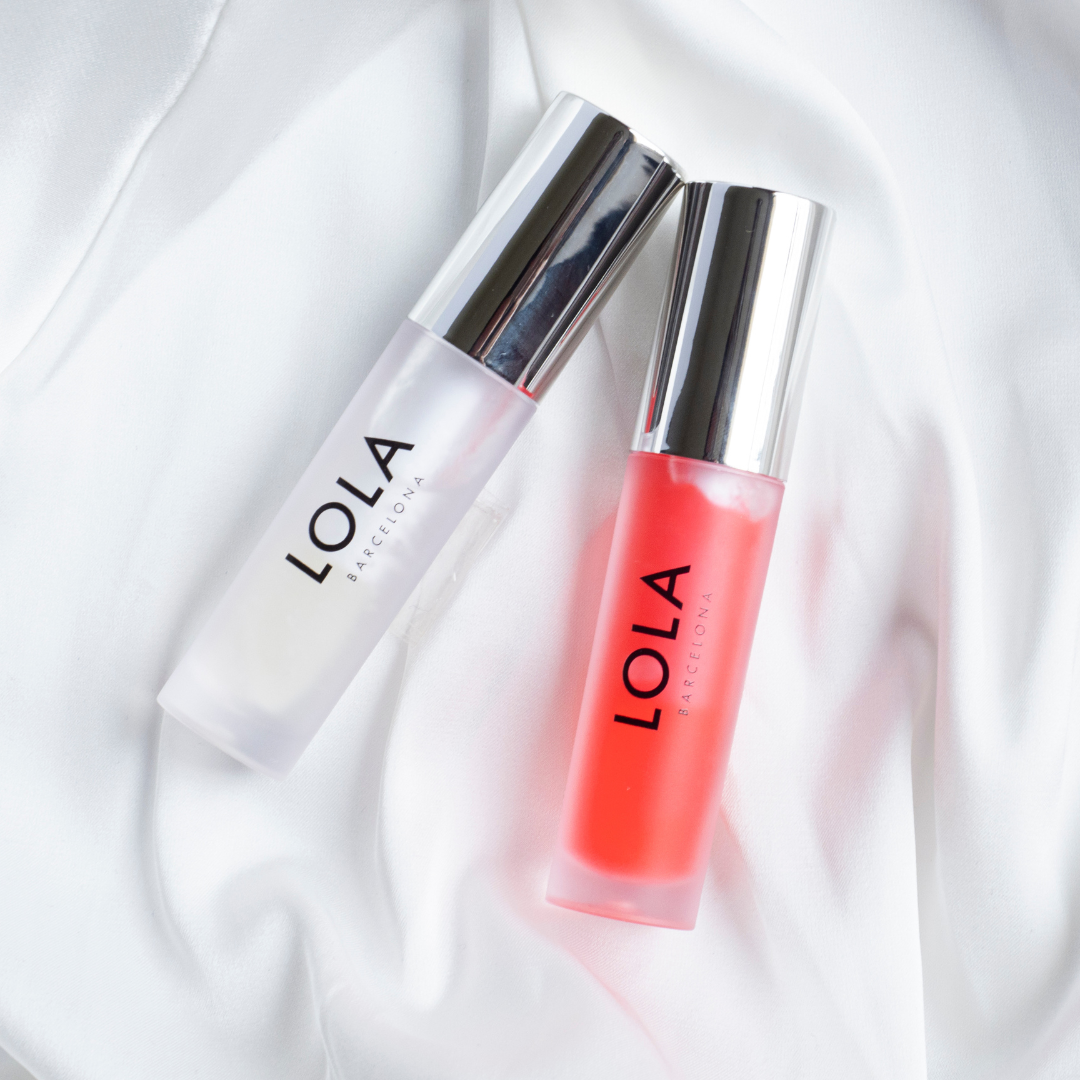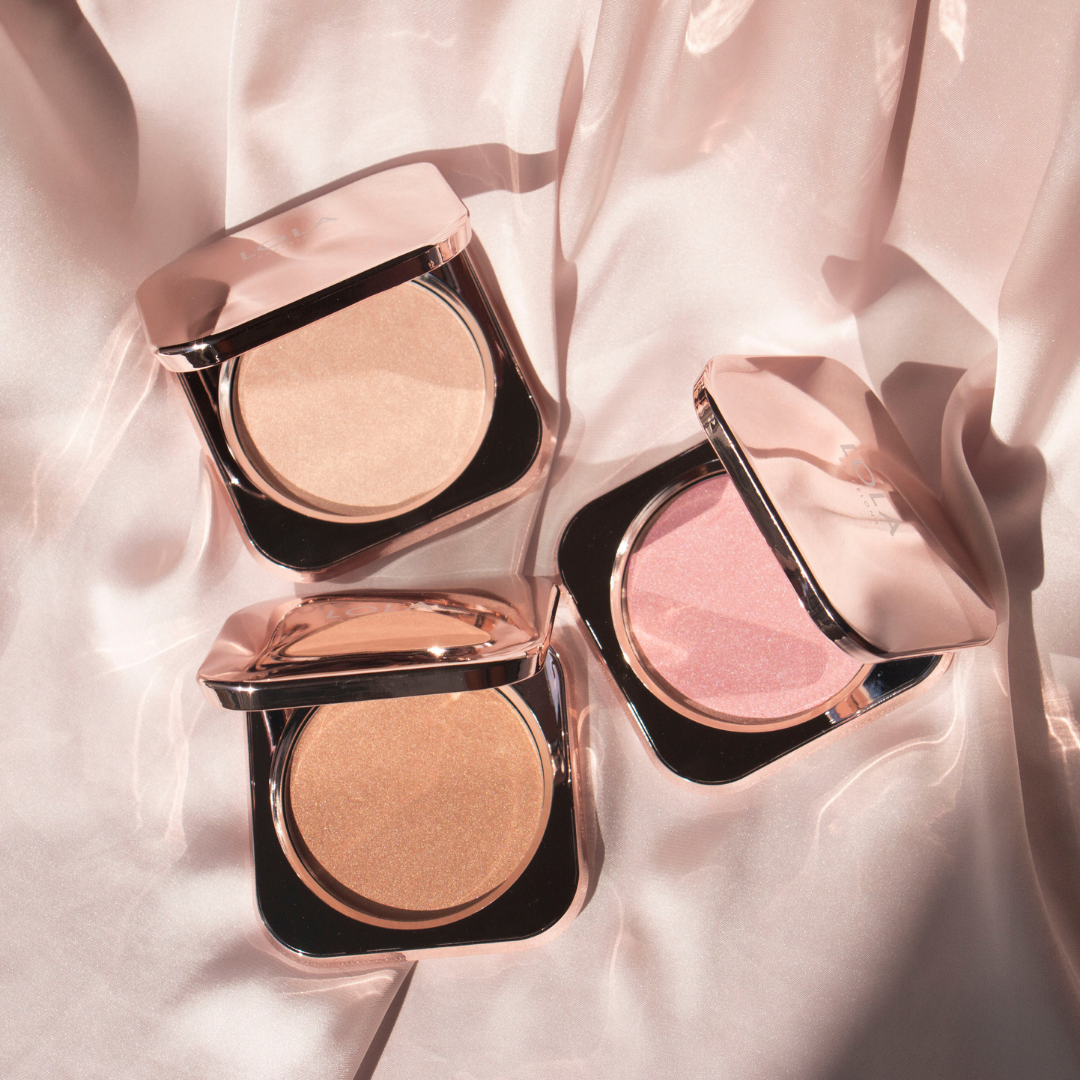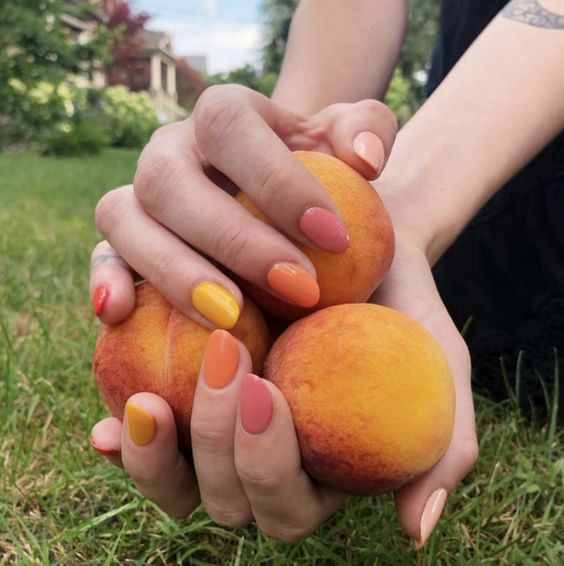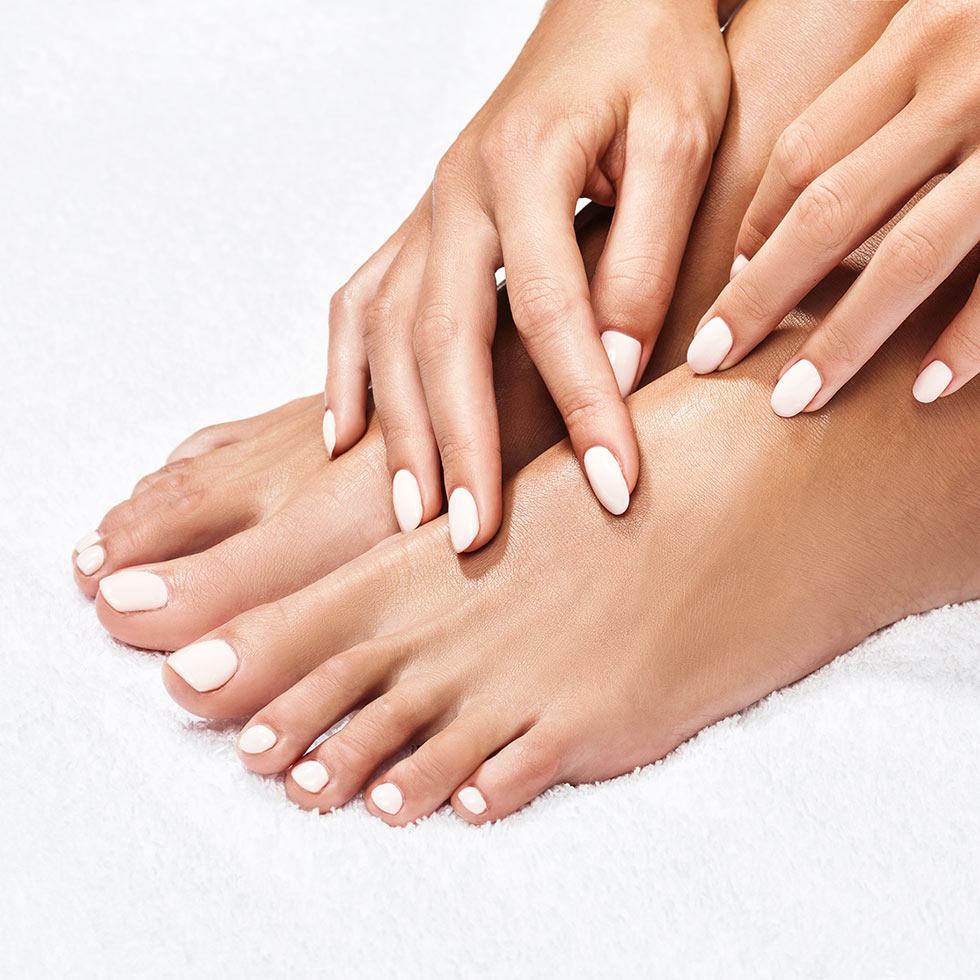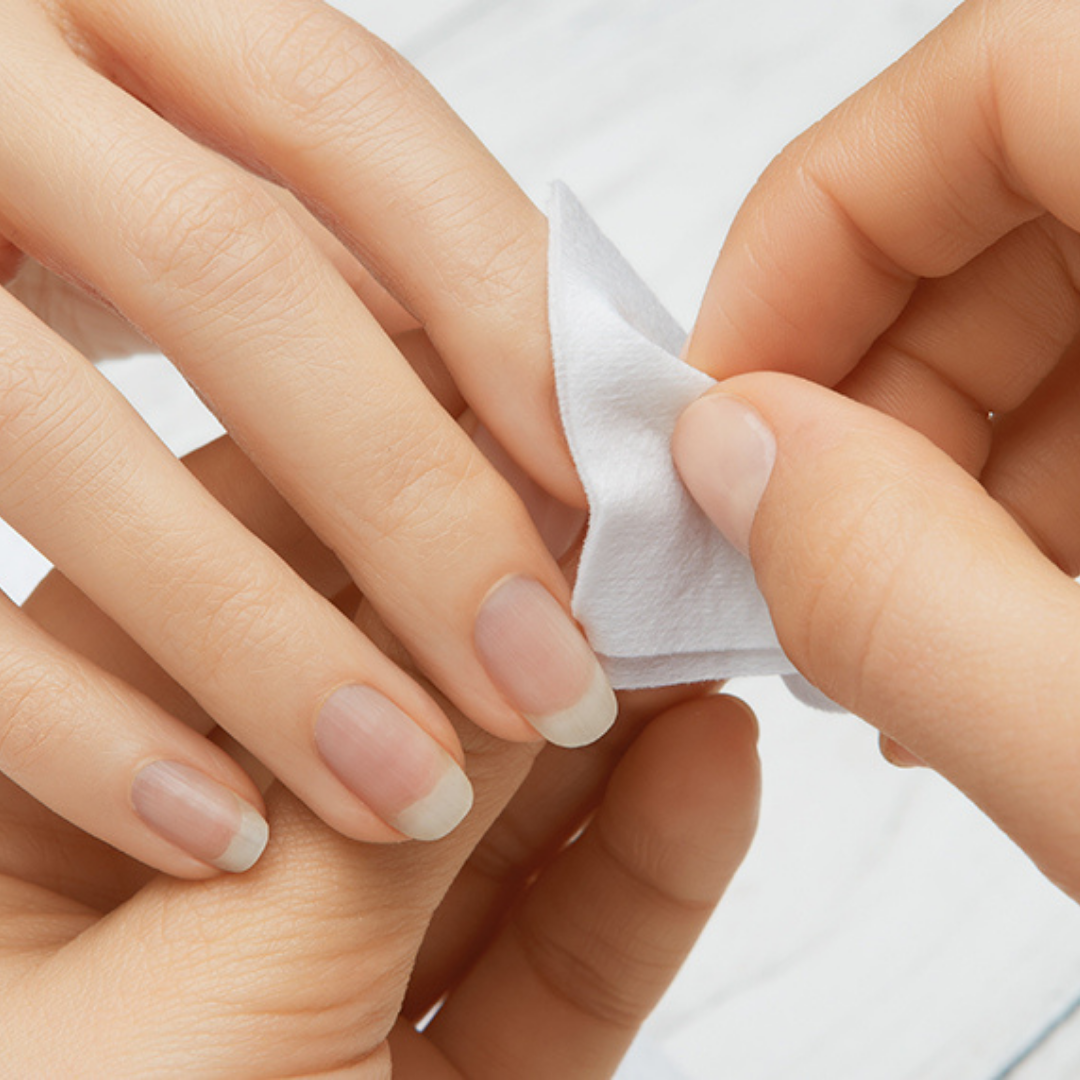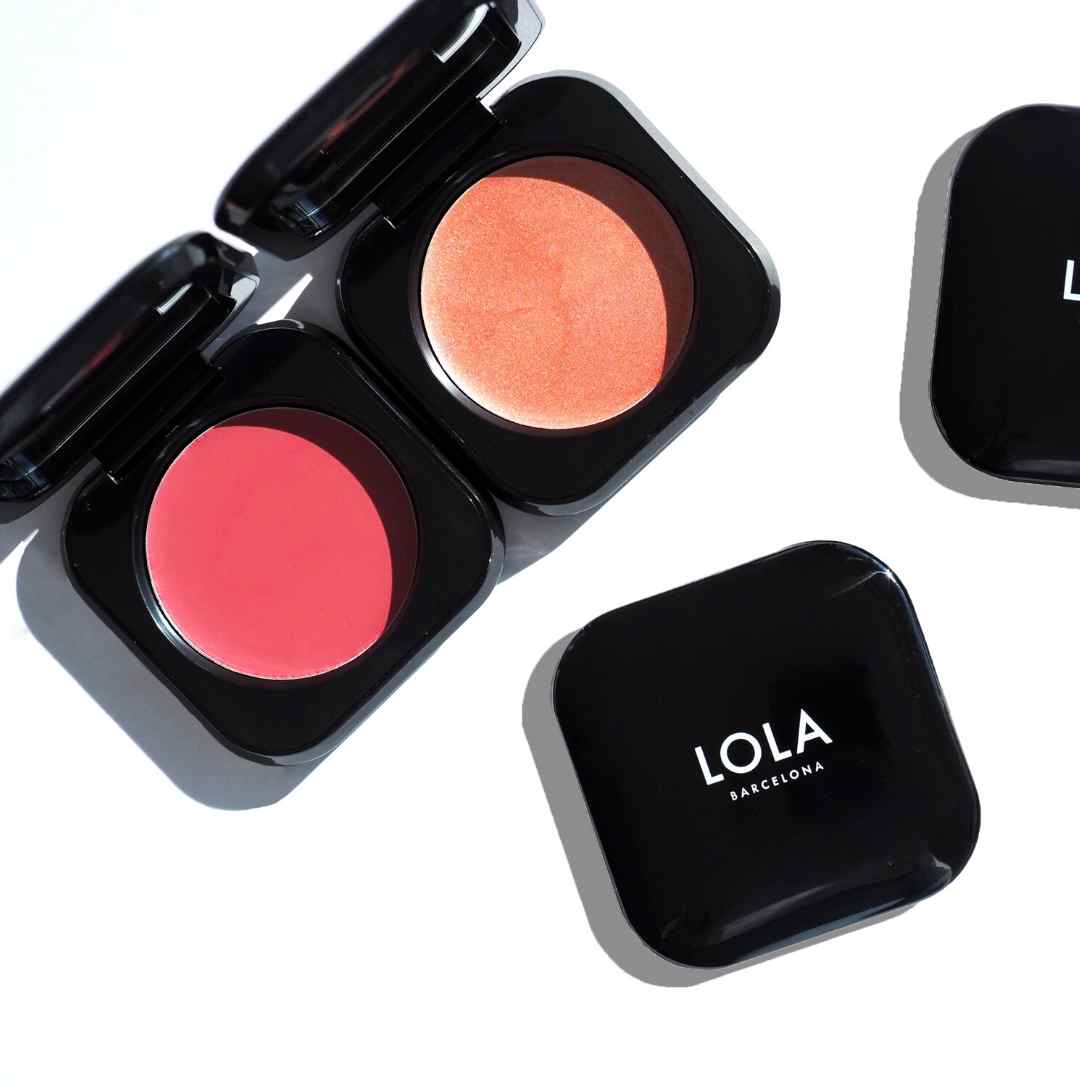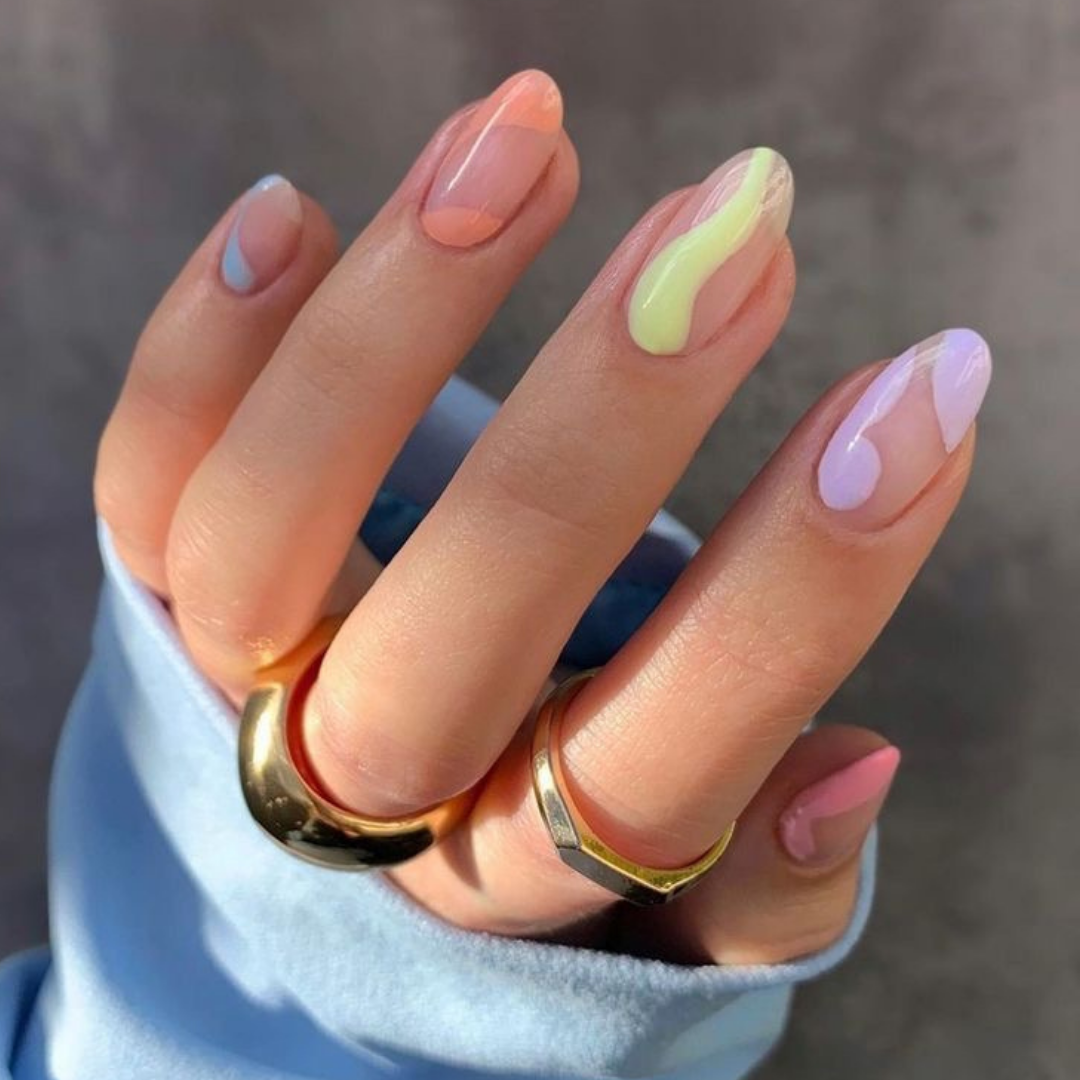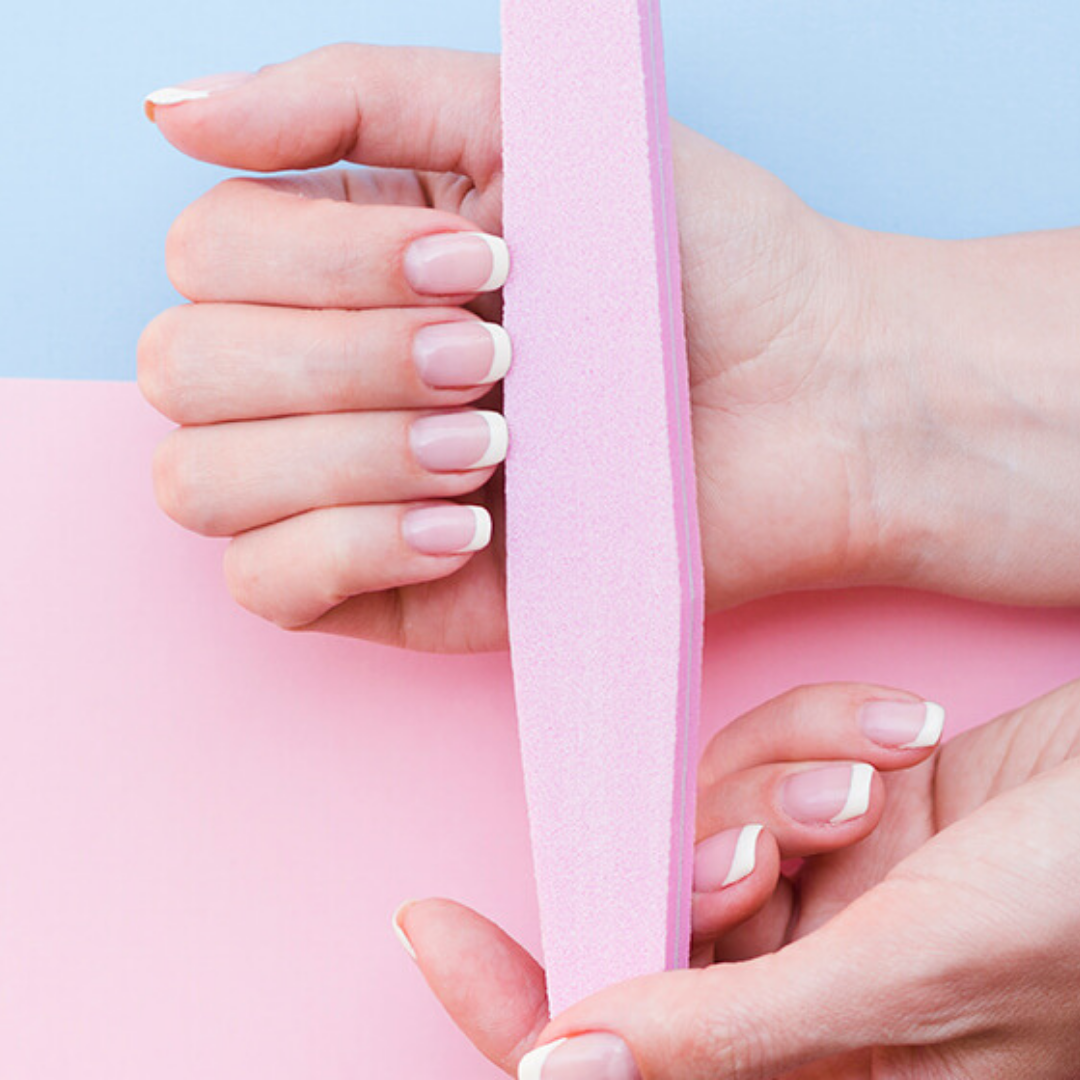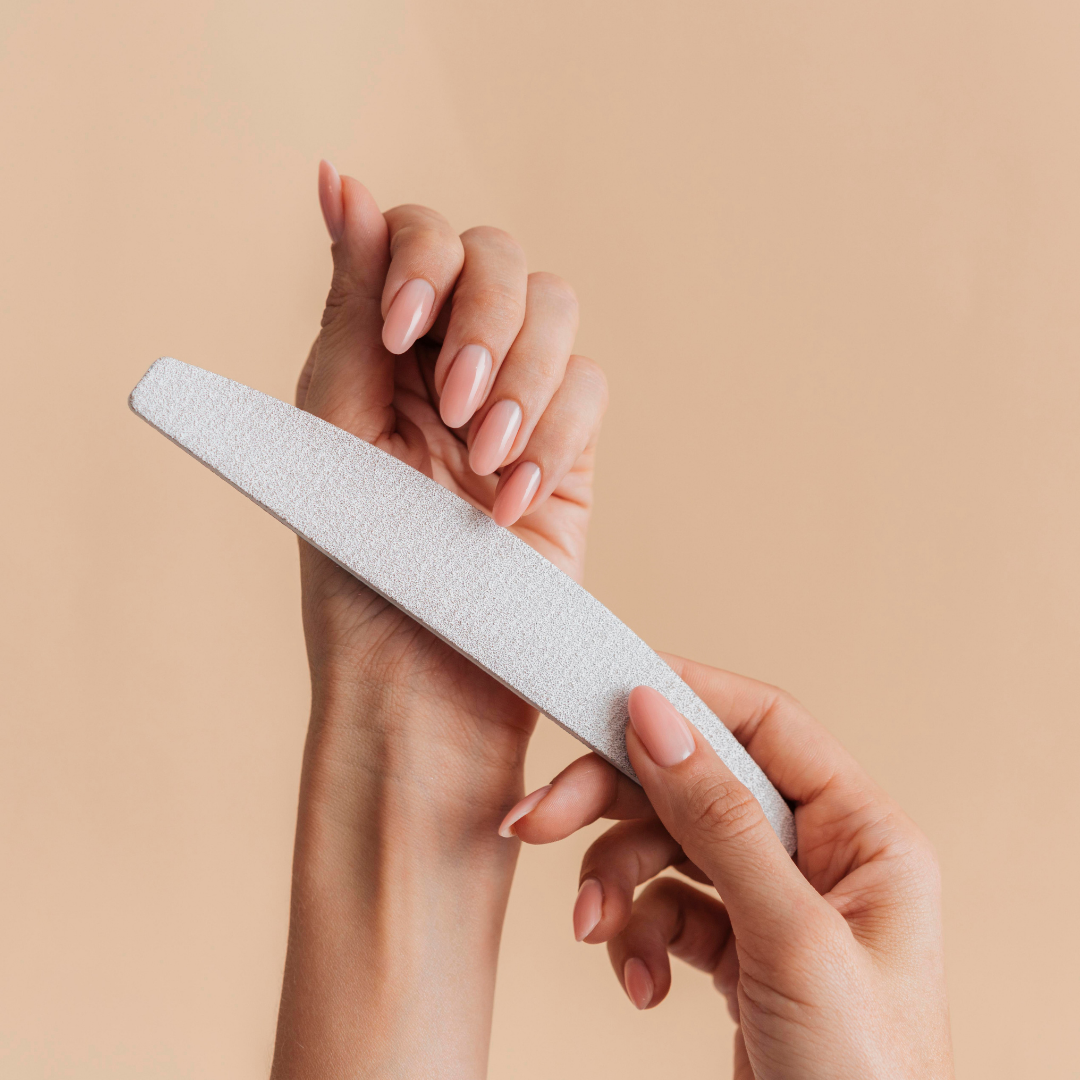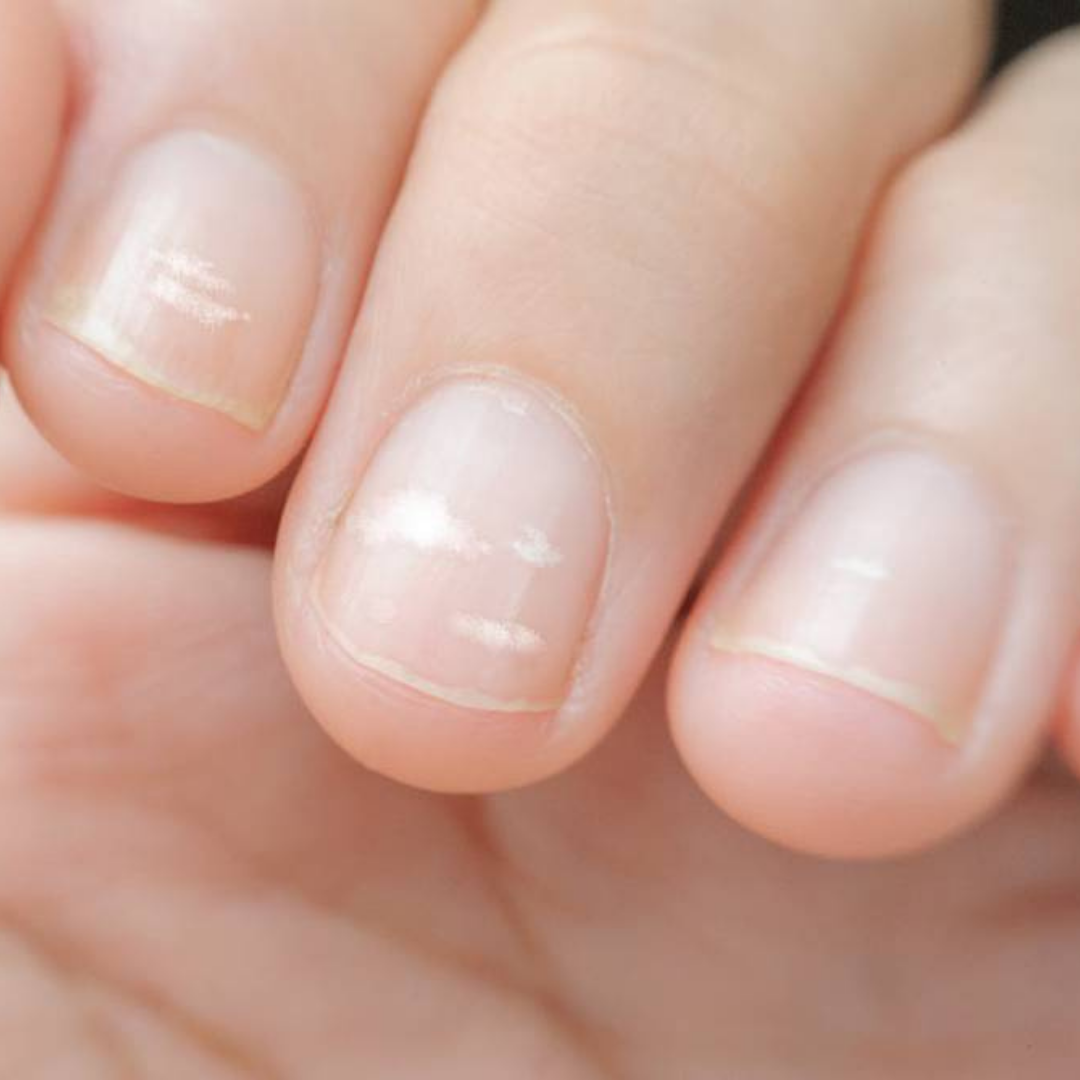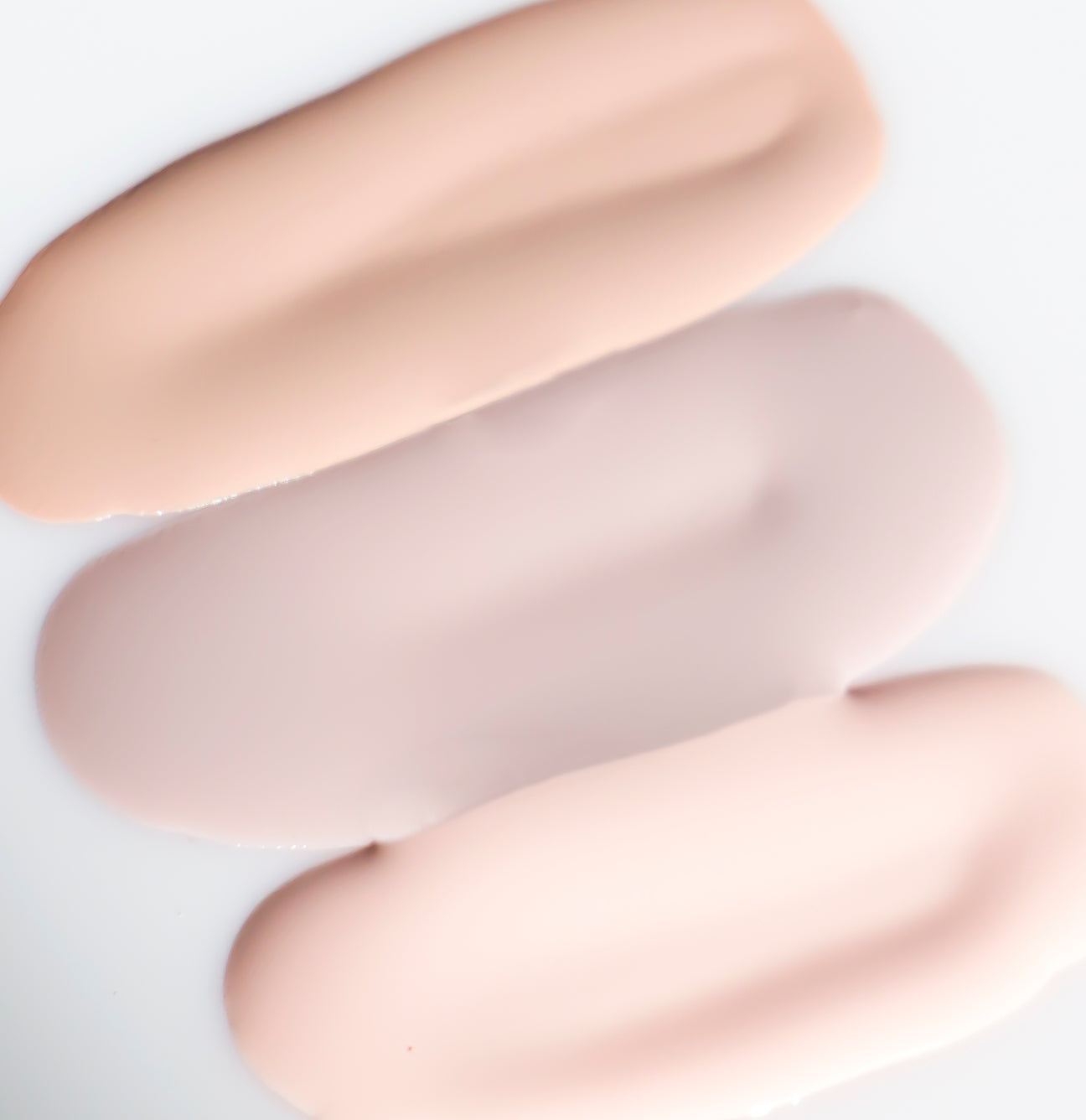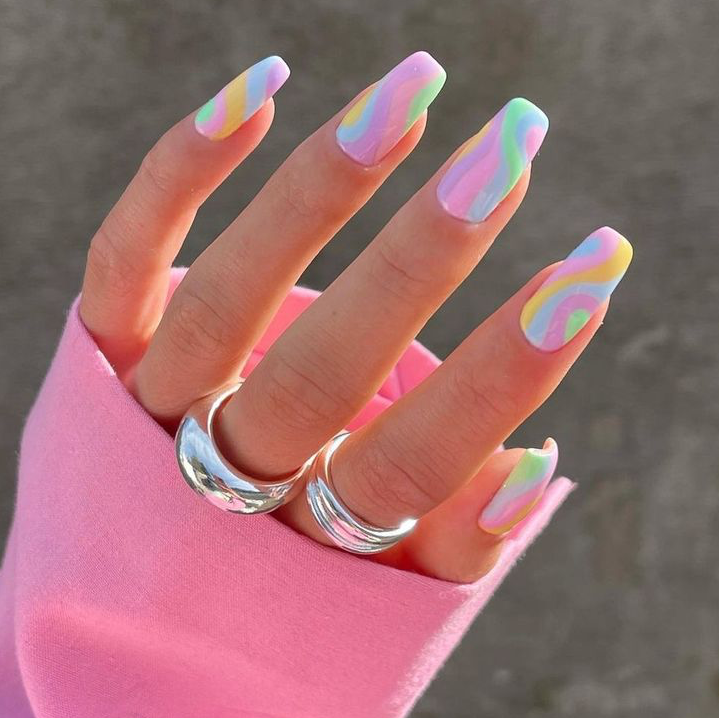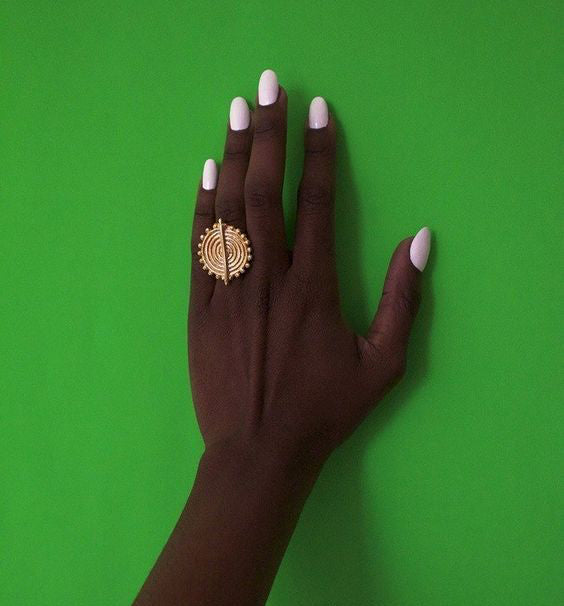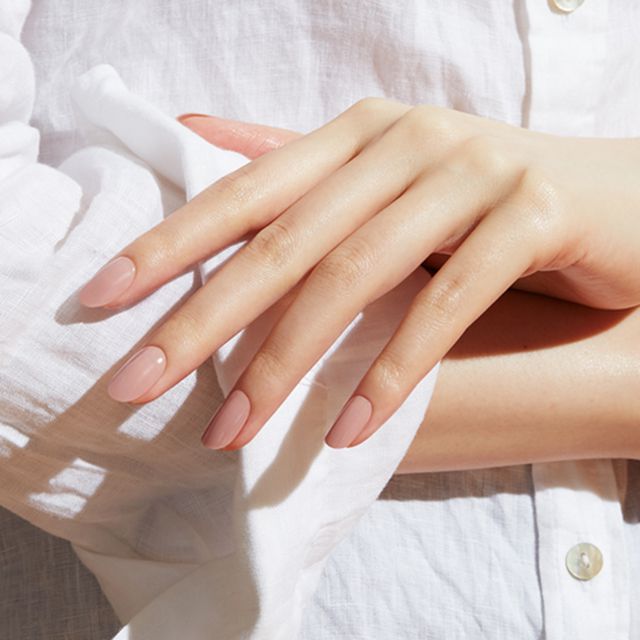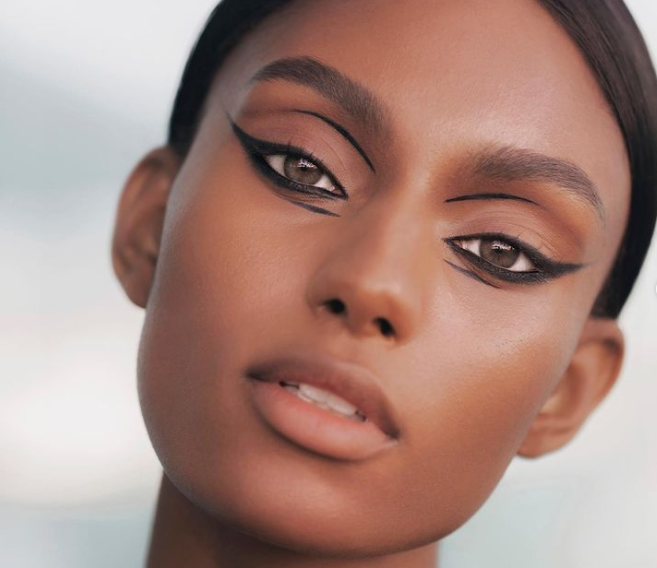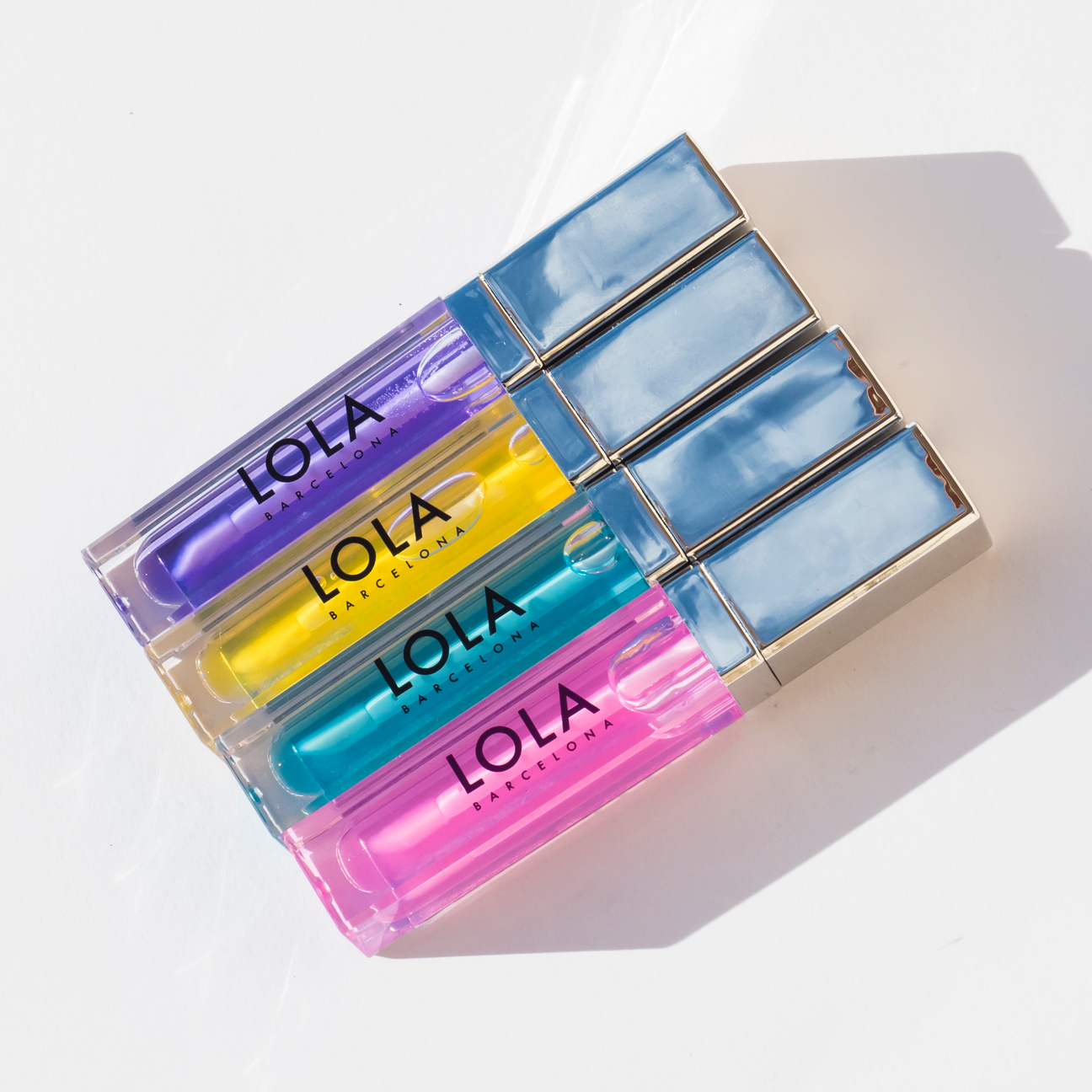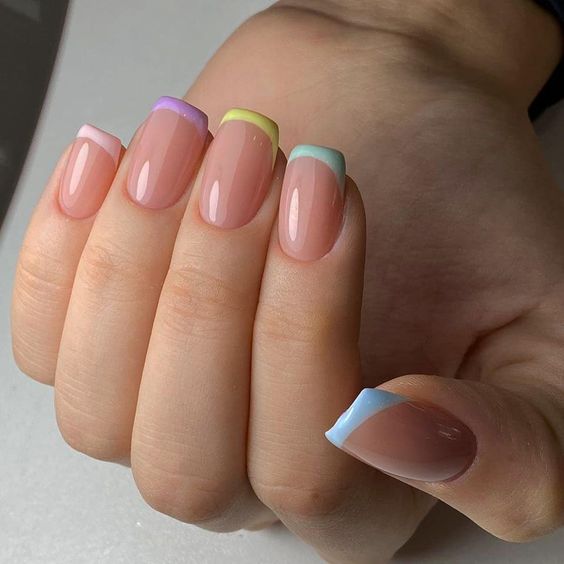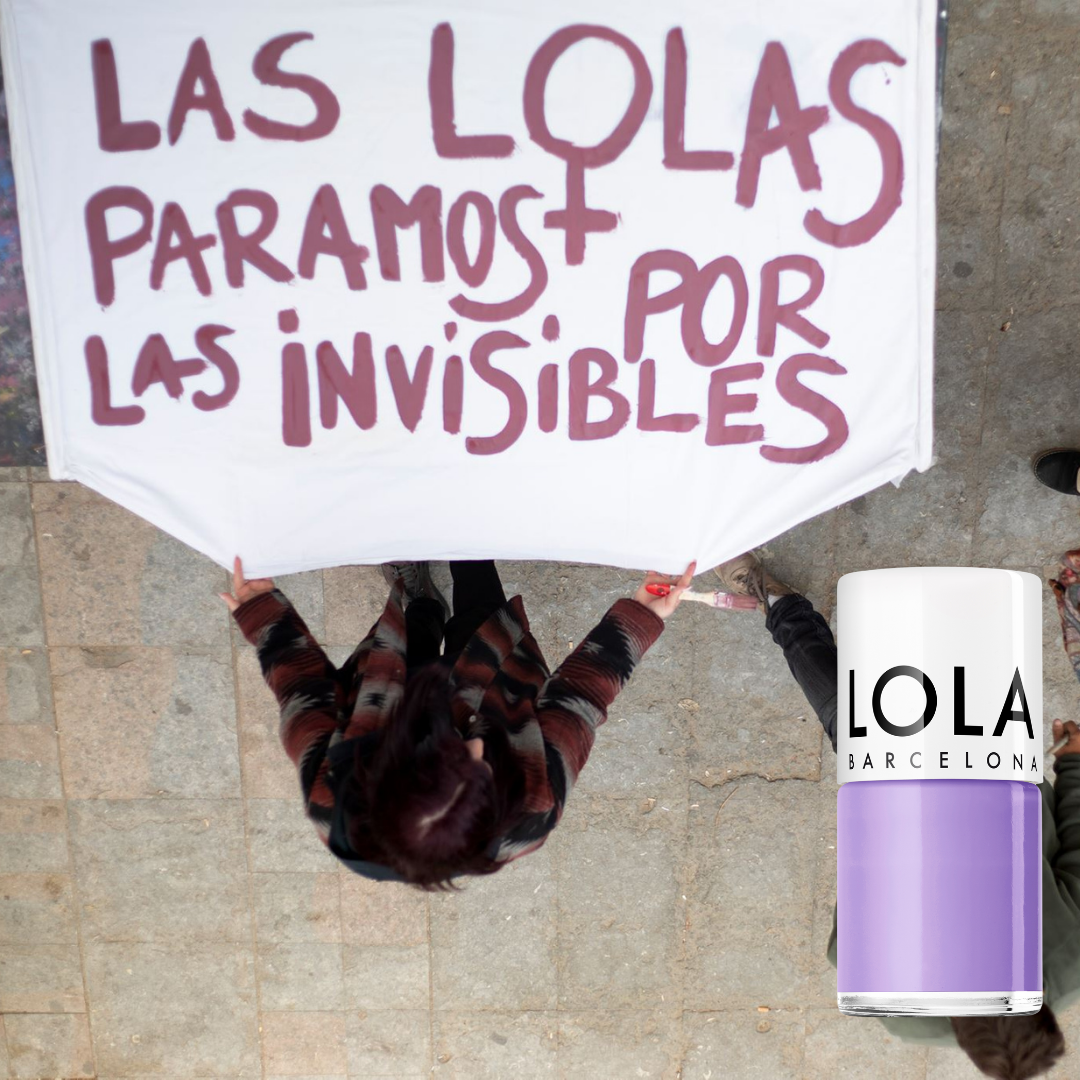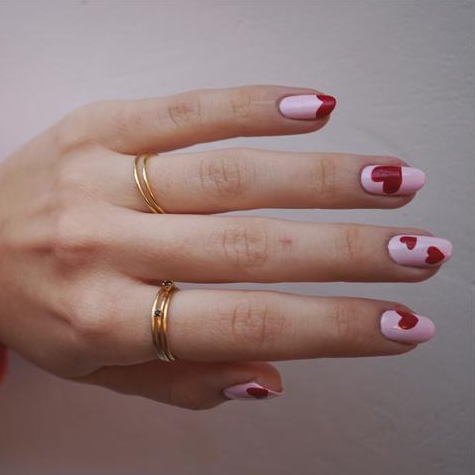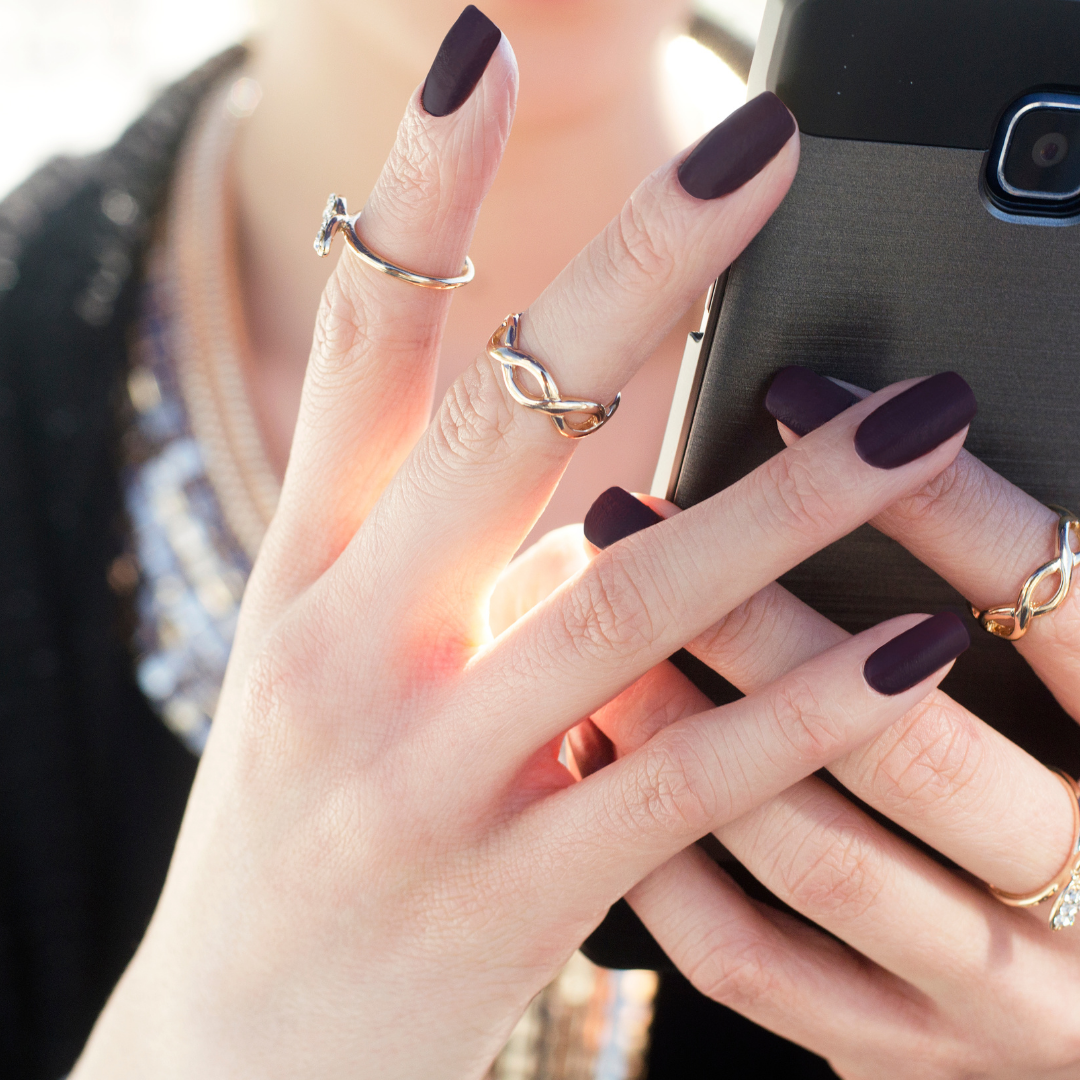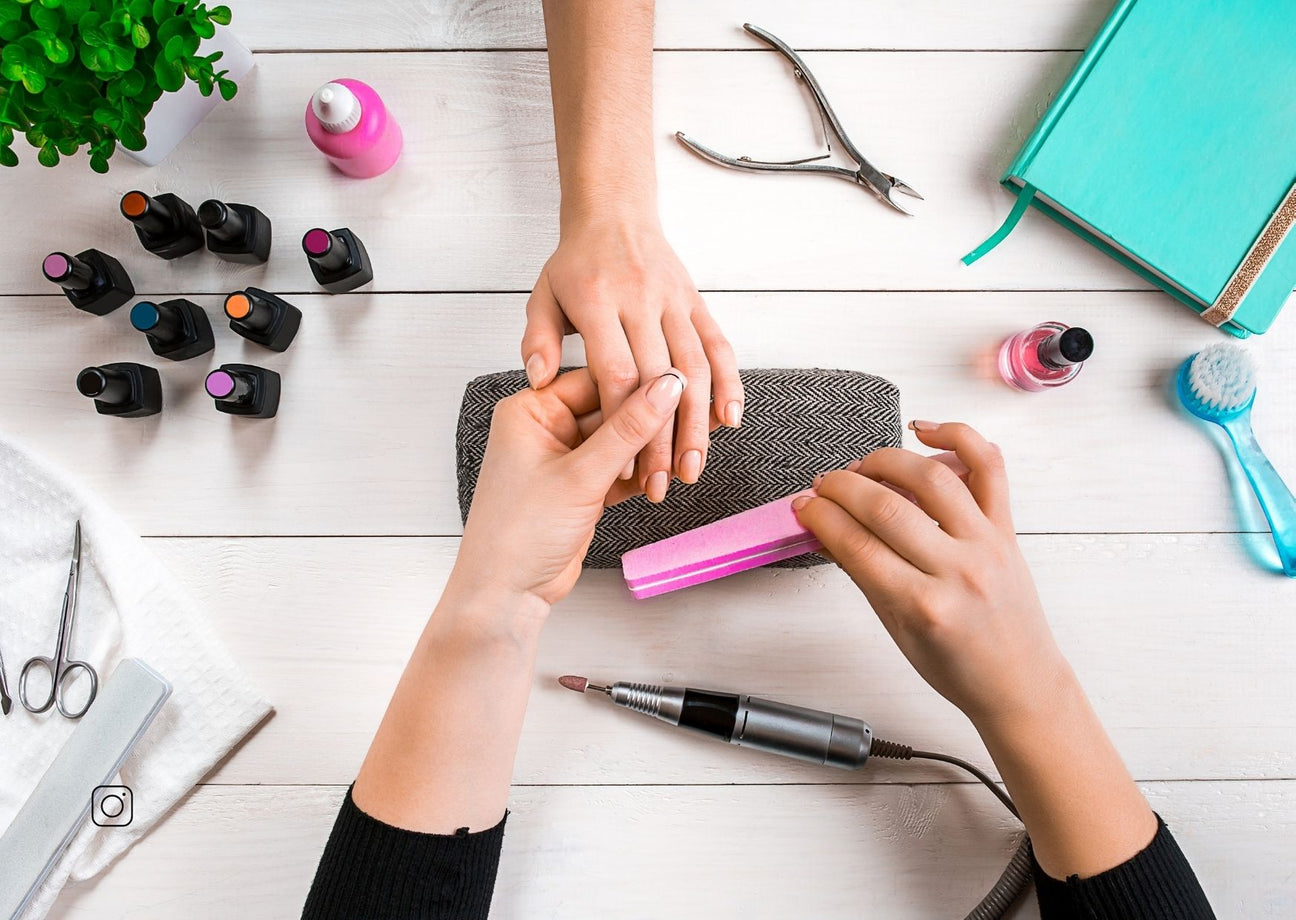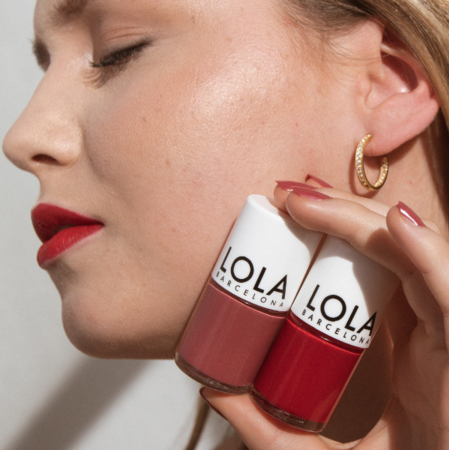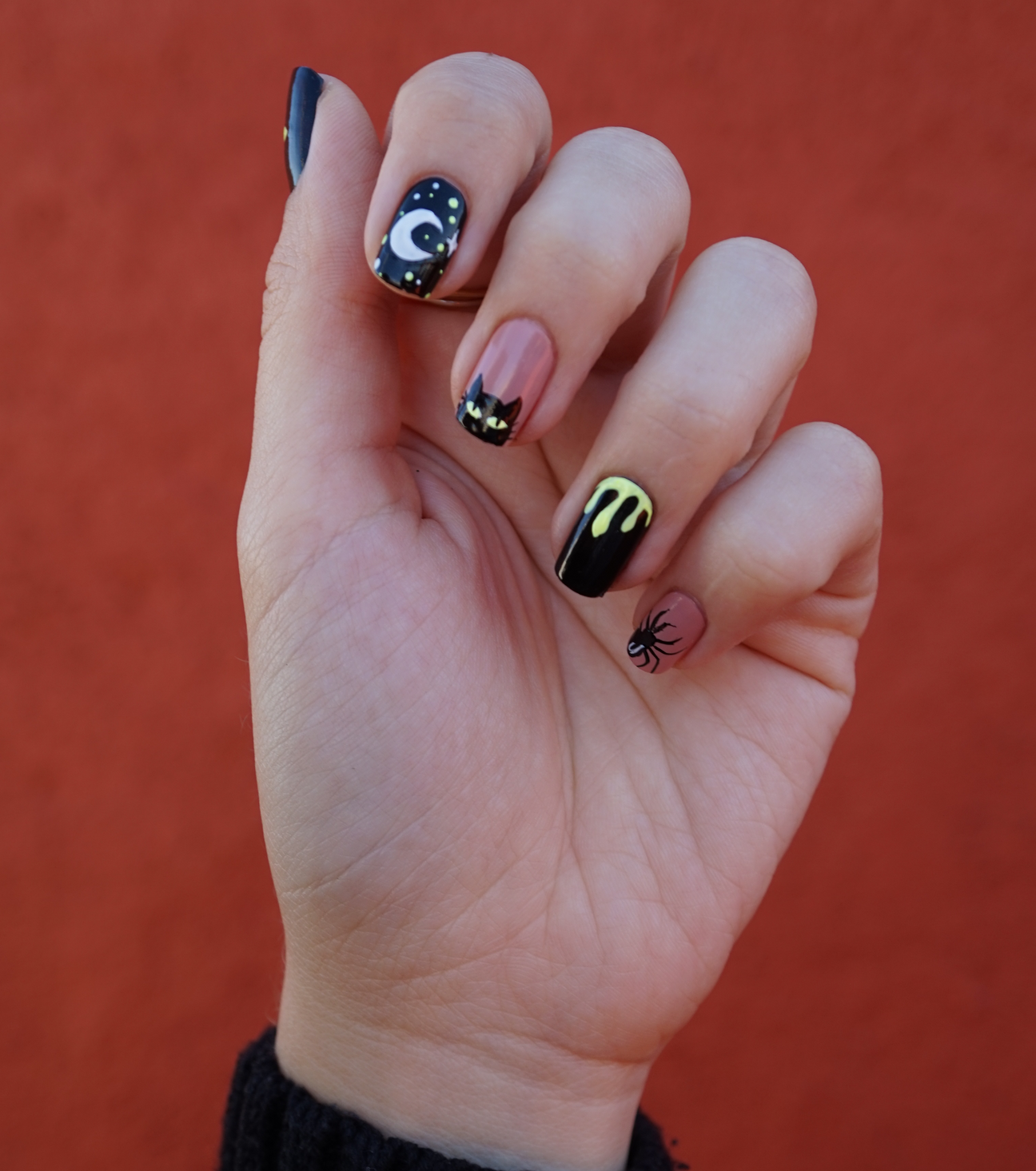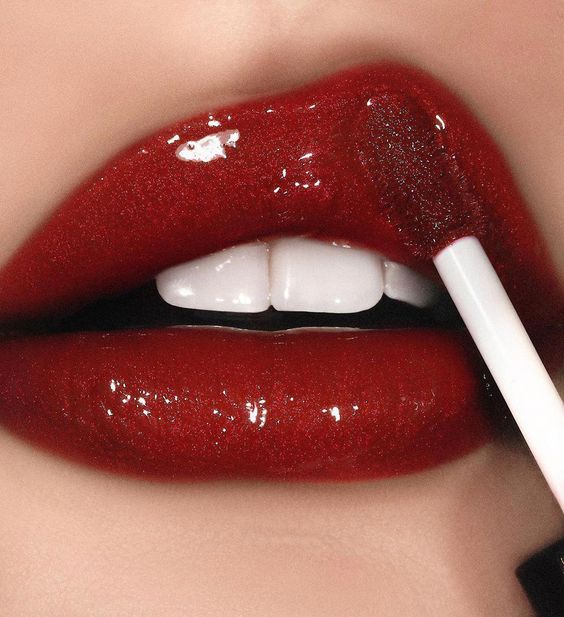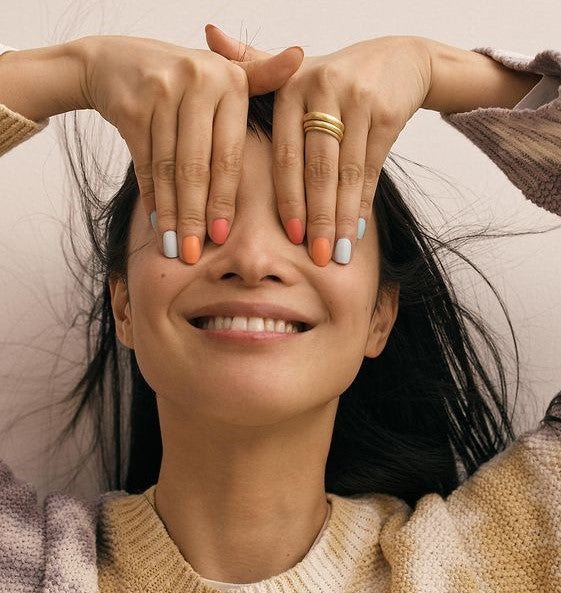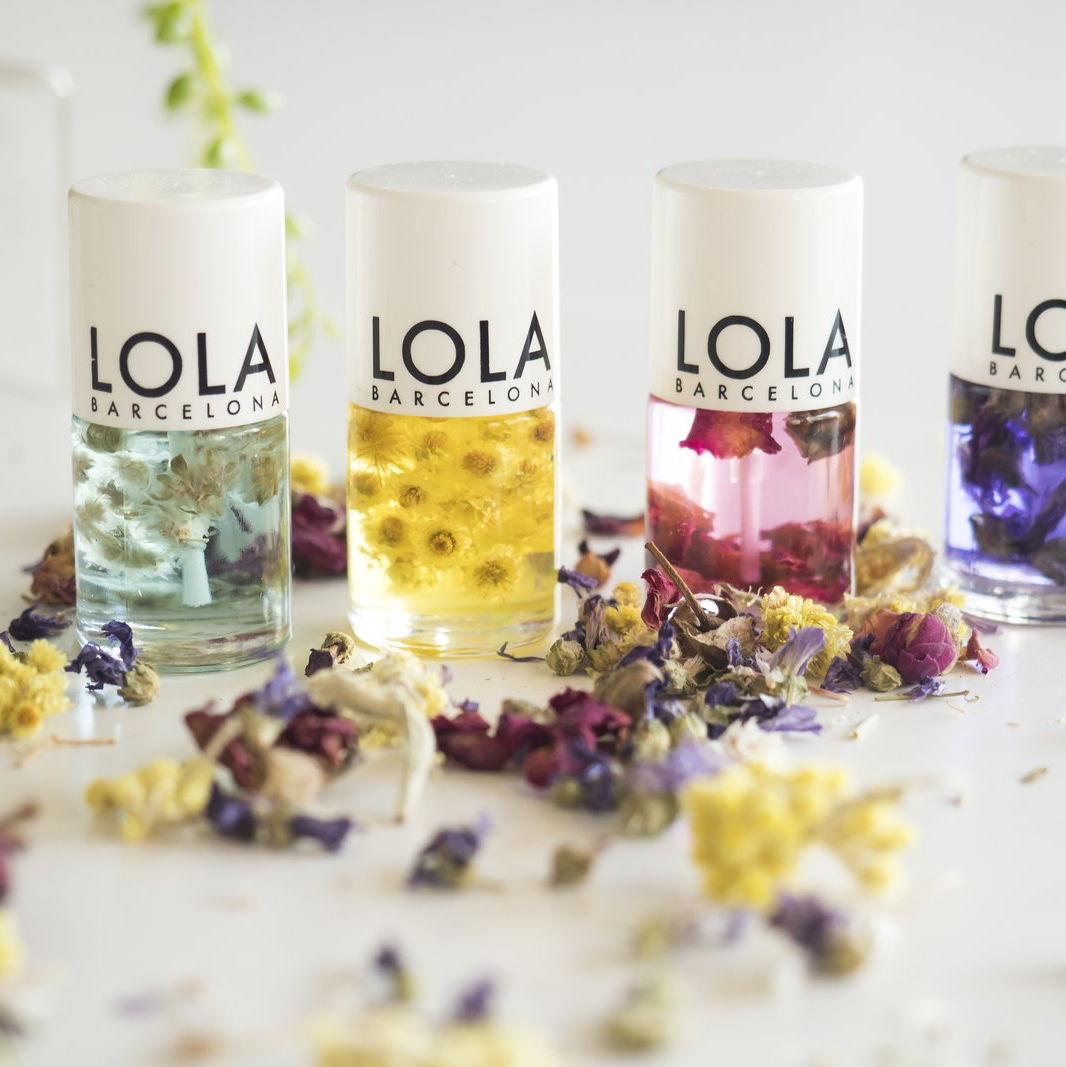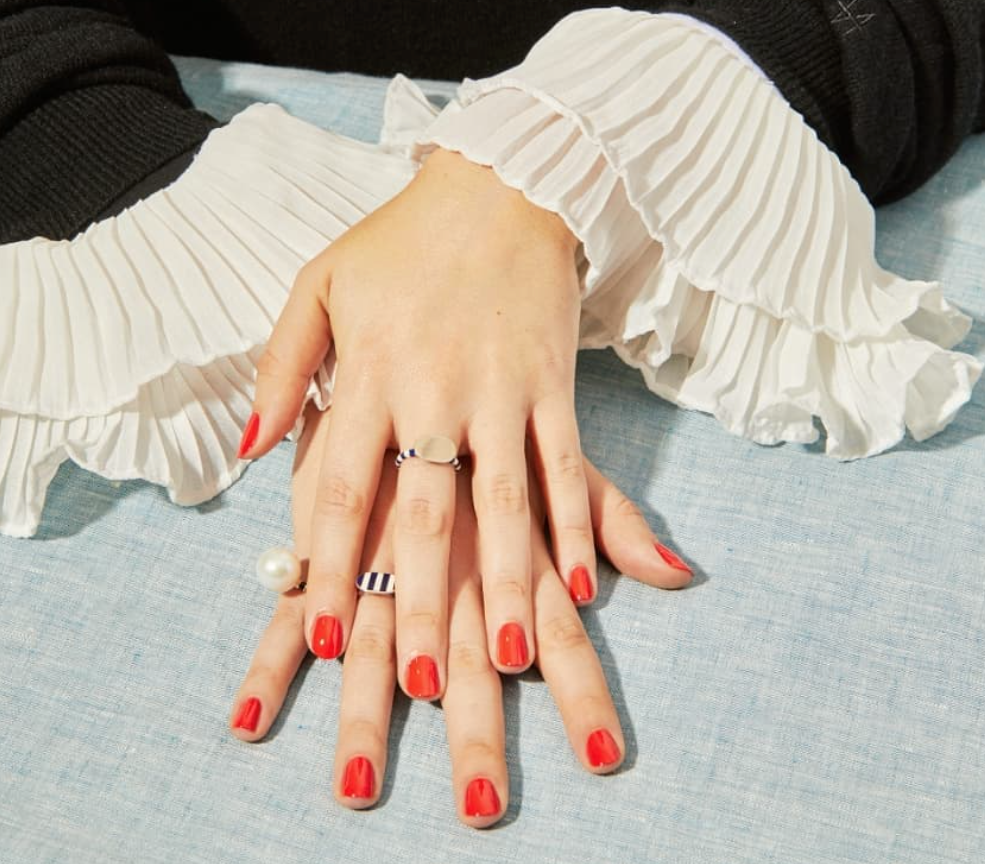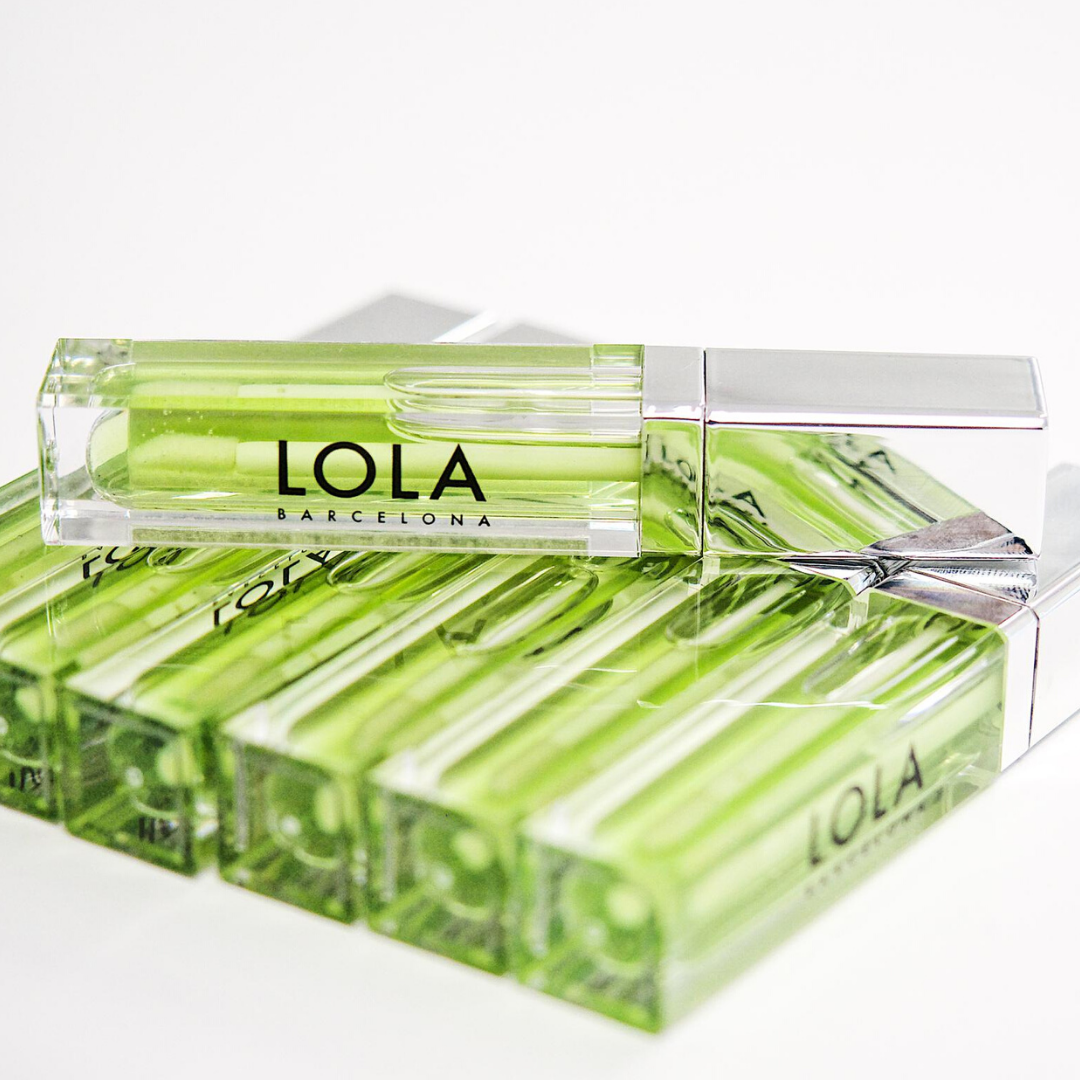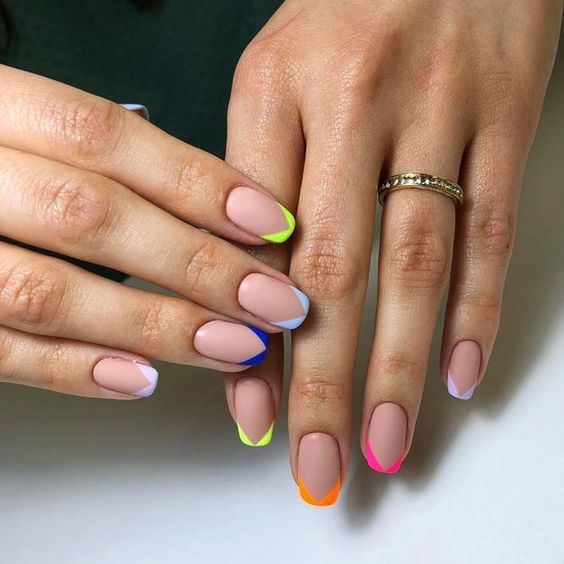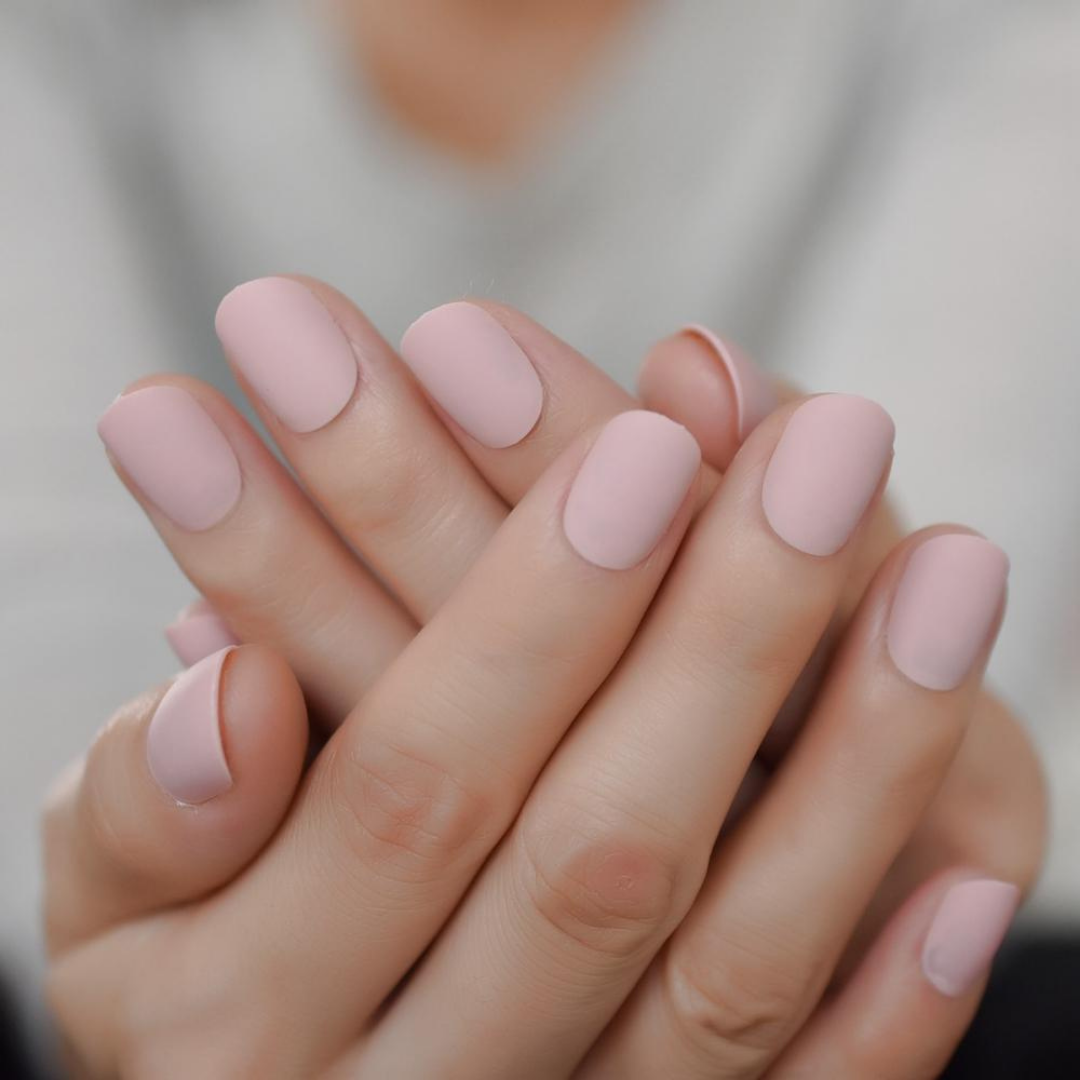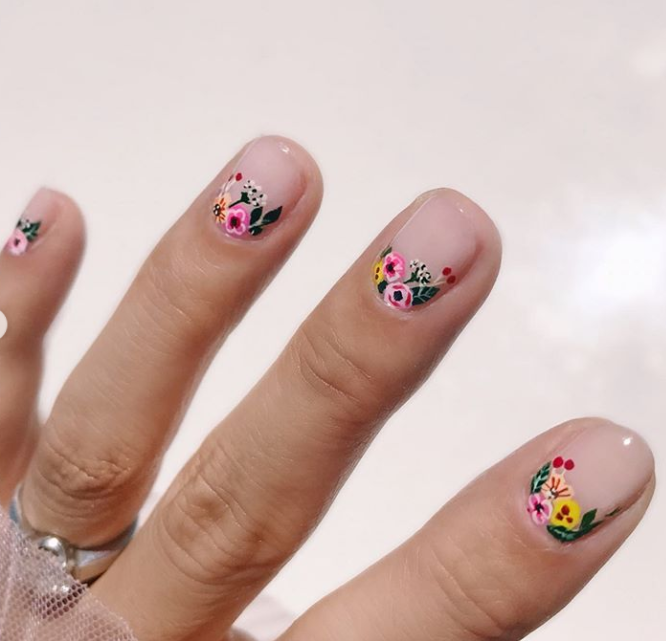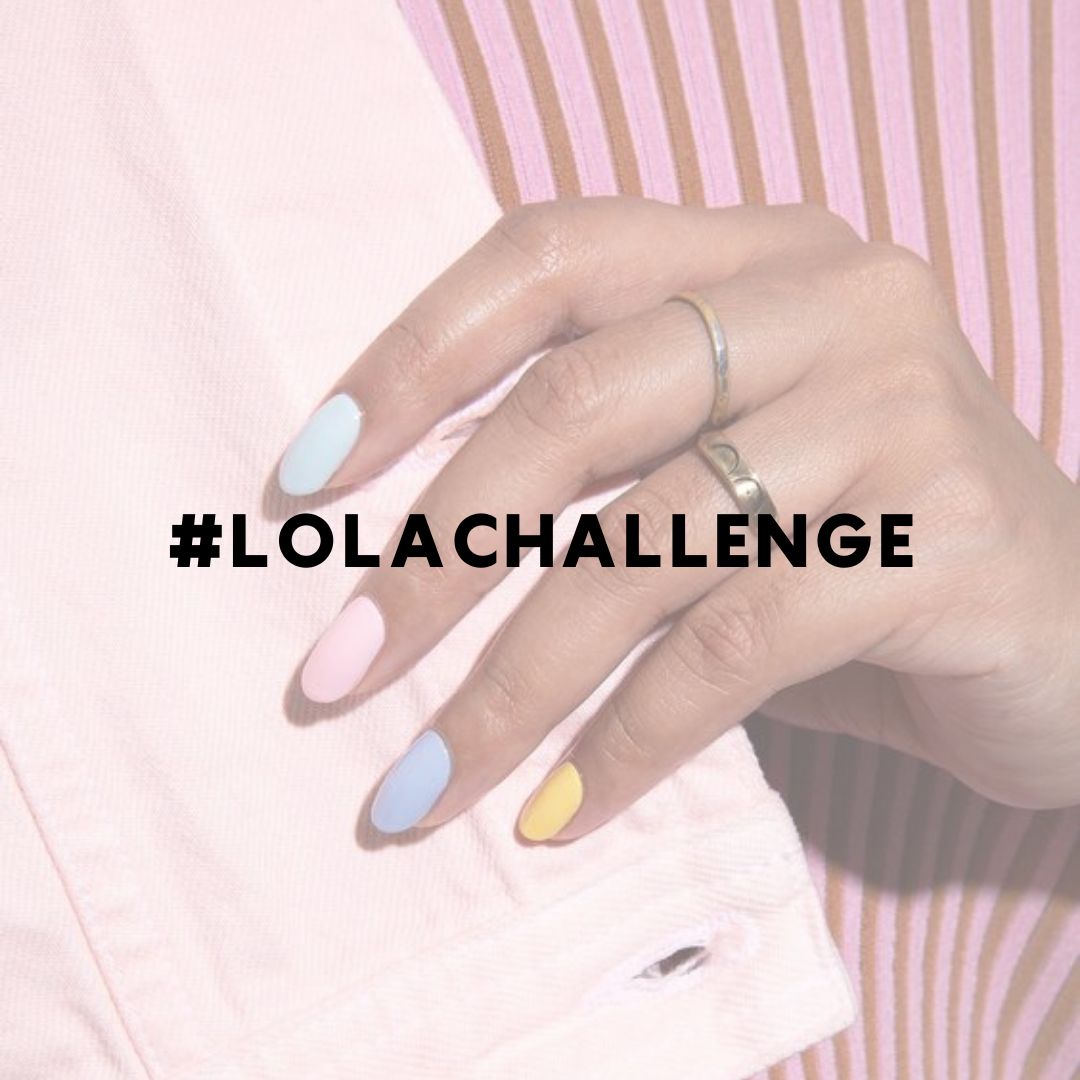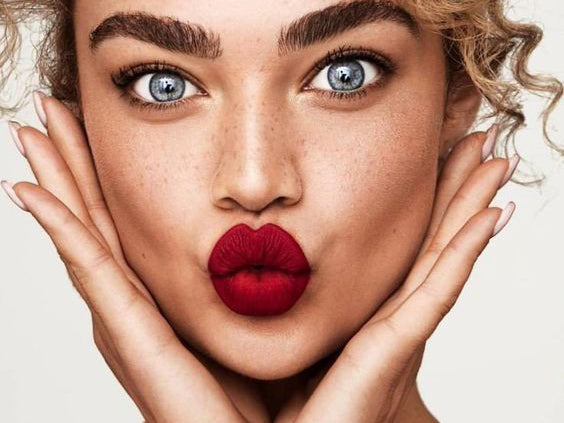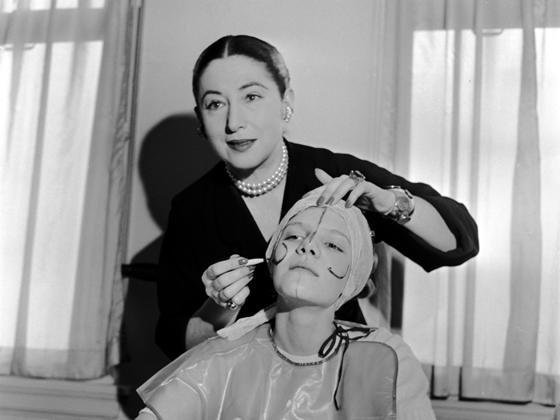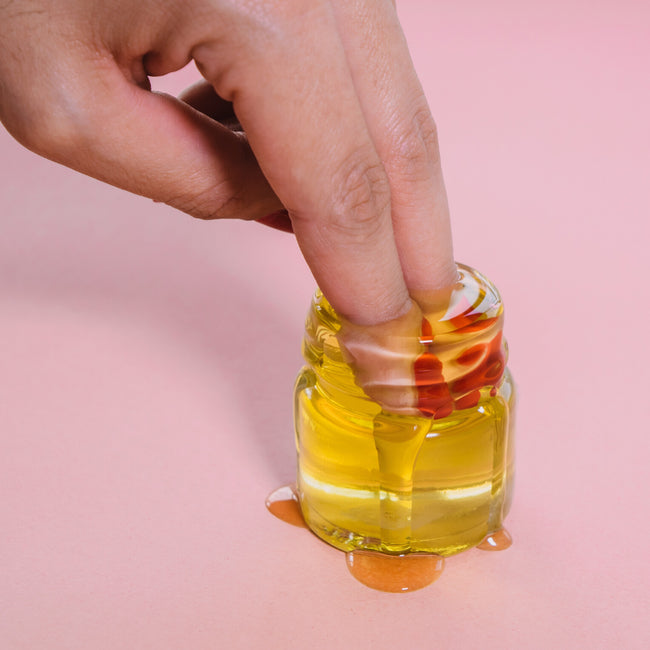Happy Thursday Lolitas !
Today on the blog, we wanted to give you a history lesson... the history of nails. Normally, what we call new trends or novelties are things that were invented some time ago; all they do is reinvent themselves or draw inspiration from styles of the past. We always like to look back at what our pioneers wore, and it's clear that nostalgia, with the rise of vintage fashion , for example, haunts us season after season. As nail experts, we're taking a look back at the last 100 years to see what was in fashion and show you where we came from. Let's get started!
1920s
In the early 1920s, the first nail polishes were created, based on car paints (we had no idea!). Years later, in 1925, nail polishes began to be marketed. The best-selling ones were red and pink. The pink shade was applied to the center of the nail and did not cover the half-moon; this trend was called " Half Moon ." Moon Manicure ” or half-moon. In the late 1920s, in 1929, Revlon created the trend of wearing lipstick and nail polish in the same color.

For his part, Max Factor created the Supreme Nail Polish , which was a beige powder that you could apply to your nail and spread with a chamois, giving it a slight shine and color. A trend we could easily find today.
1930s
This trend emerged from the upper echelons of Parisian society. Princesse de Faucigny - Lucinge made this type of manicure fashionable. It consisted of painting the nail red and applying a silver bow to the tip. Towards the end of the decade, in 1937, Earl Tupper (that's right, the very creator of Tupperware ), experimented for the first time with adhesive nail appliqués, such as images of clovers.

1940s
The femininity of the 1940s is reflected in the changes in nail styles. The long, almond-shaped red nail remained popular. Rita Hayworth was famous for her extra-long, bright red nails.
However, in the real world, that of working women, many opted for the opposite: short, pink nails. A more discreet and comfortable design for the time. Matching lipstick and nail polish also became fashionable, so cosmetics companies created packs to sell lipsticks and nail polish.

1950s
During the 1950s, long, rounded, almond-shaped nails continued to be the trend in manicures. The fashionable colors were reds and pinks, in line with the 1940s, with the French manicure being one of the trends. One of the most notable advances was accidental. In 1957, dentist Frederic A. Snack broke a nail and, in order to continue his work, repaired it with acrylic, which was used to repair teeth. From then on, acrylic nails were born, a milestone. From then on, long acrylic nails became very popular, and they were called porcelain nails because of their whitish color. Although it was a very hard and rigid material, not everyone could wear them; only people with a certain purchasing power.
1960s
In the 1960s, bright colors, flowers, and miniskirts dominated. This marked a major shift in the world of manicures, which had been very classic and associated with the divine and elegance. In terms of shapes, more natural, shorter, and square shapes began to be worn. Cher was one of the icons who started this trend when she went to her manicurist and asked for "something different," opting for pearly pinks and peachy touches.

70s
It was the era of the hippie movement, and colors like blue and green began to become fashionable to demonstrate the movement's joy. But what became most popular was the French manicure in different sizes (it was, is, and will always be a classic that will never go out of style). This trend was driven by Jeff Pink , founder of Orly , at a time when Hollywood needed more versatile looks.
![]()
80s
This is where things get out of hand, and neon lights arrive. The most popular shape was the squoval (a cross between an oval and a square), and one of the greatest exponents of this trend was the legendary Madonna . The first experiments with false nails with tips , just as we know them today, began . They were formed with acrylic, fiberglass, or resins. Also during this period, nail art began, with drawings or lines created on the nails.

90s
In the 1990s, two main and very opposing trends developed. “ Bold ” became fashionable. " Nail art", very gaudy nails with very strident designs. This trend was made very popular by the rapper Missy Elliot , for example. On the other hand, it became fashionable to wear short nails with dark polish. Uma Thurman 's nails in Pulp Fiction started an “obsession” with Chanel nail polish in the shade Vamp.


Year 2000
We're entering the new century, and nails are taking on a futuristic feel (but it won't last long). Embellished nails are becoming popular, like the gold ones Beyoncé made fashionable at the end of the decade. We're also seeing reinventions of previous styles, but nail art Ornate arts were a hit during the economic recession, serving as a tool of expression, becoming a big trend on the catwalks.

As of 2010...
And we've reached the last decade we've lived through, where minimalist designs and natural shapes have triumphed, although in recent years we've seen the stiletto style gaining popularity, and of course, gel and semi-permanent manicures, which allow us to skip the worry of a manicure for several days (we just don't have time!). But if this decade has given us anything that has marked the world of manicures, it's... ROSALÍA! You may like them more or less, but they have undoubtedly made her an icon of that high-rise glamour that the singer created and that has permeated youth popular culture.



